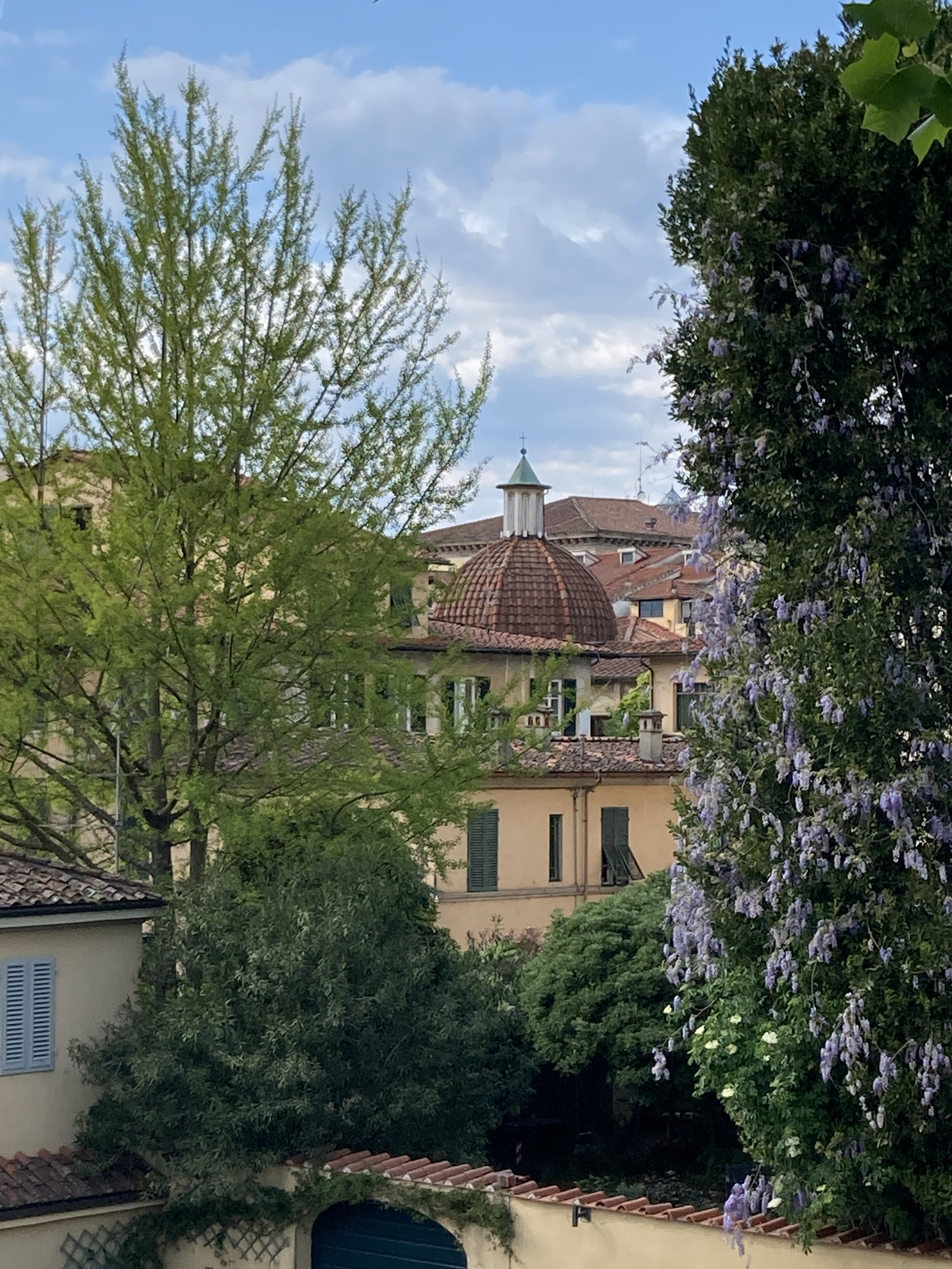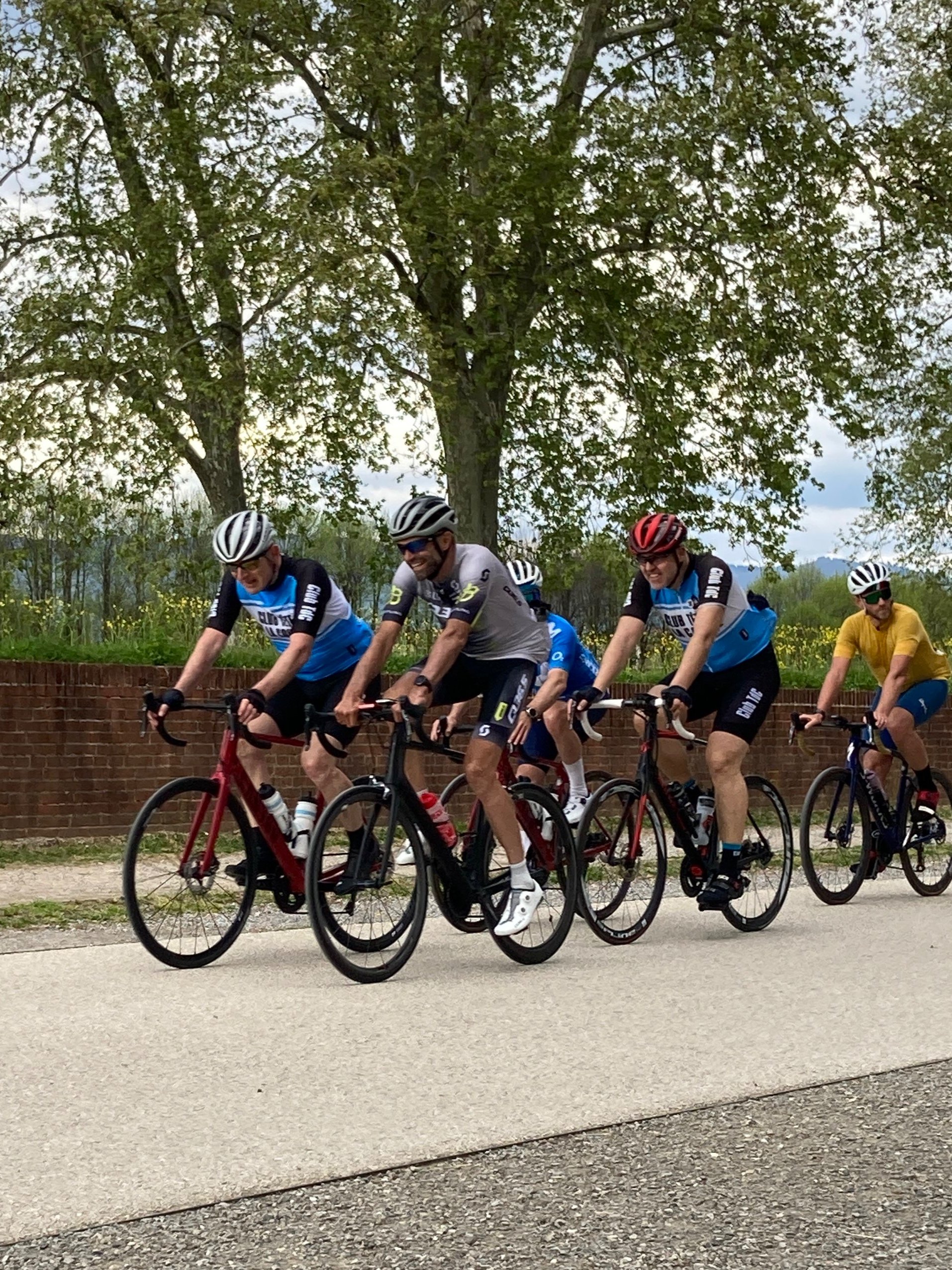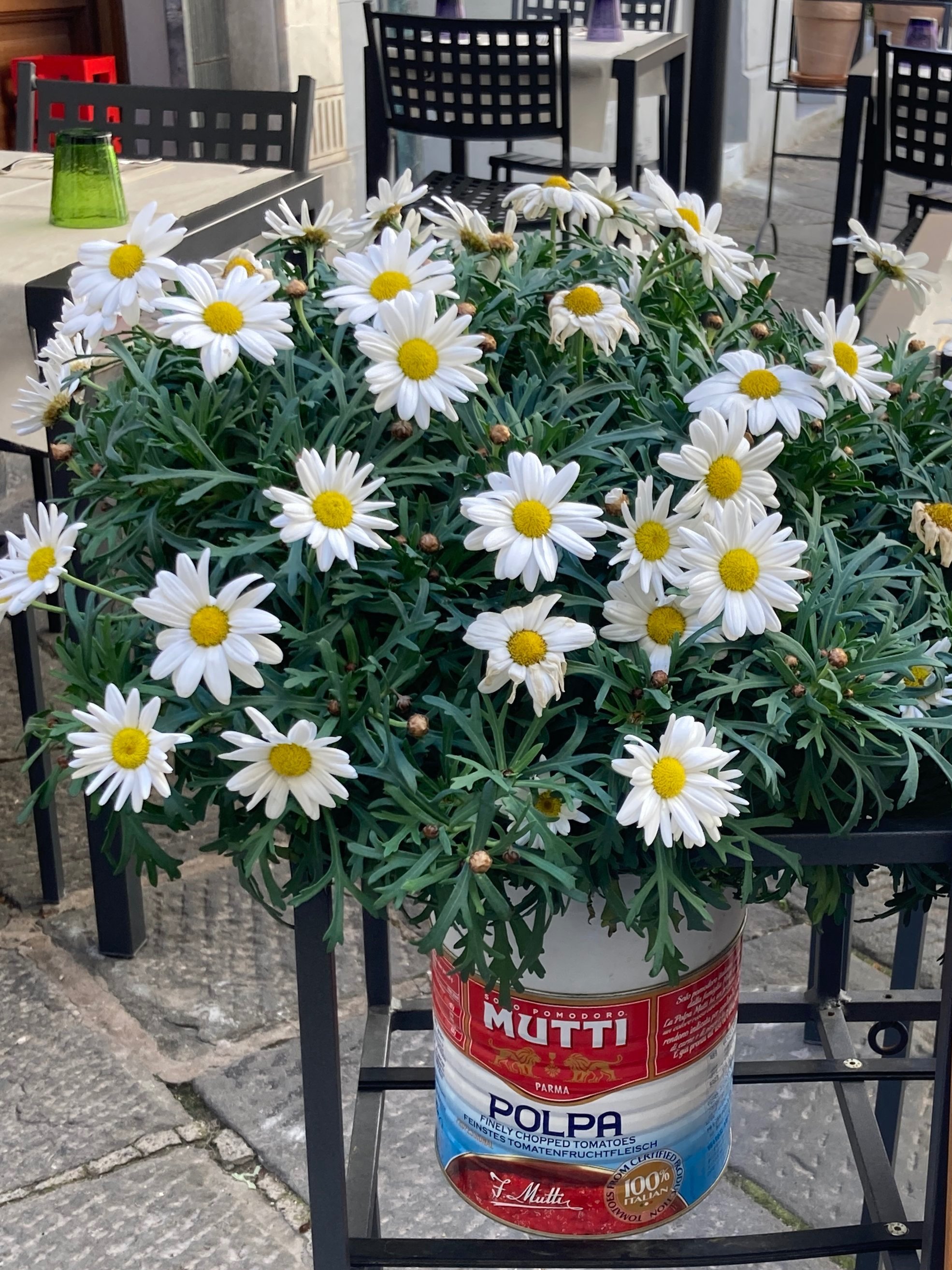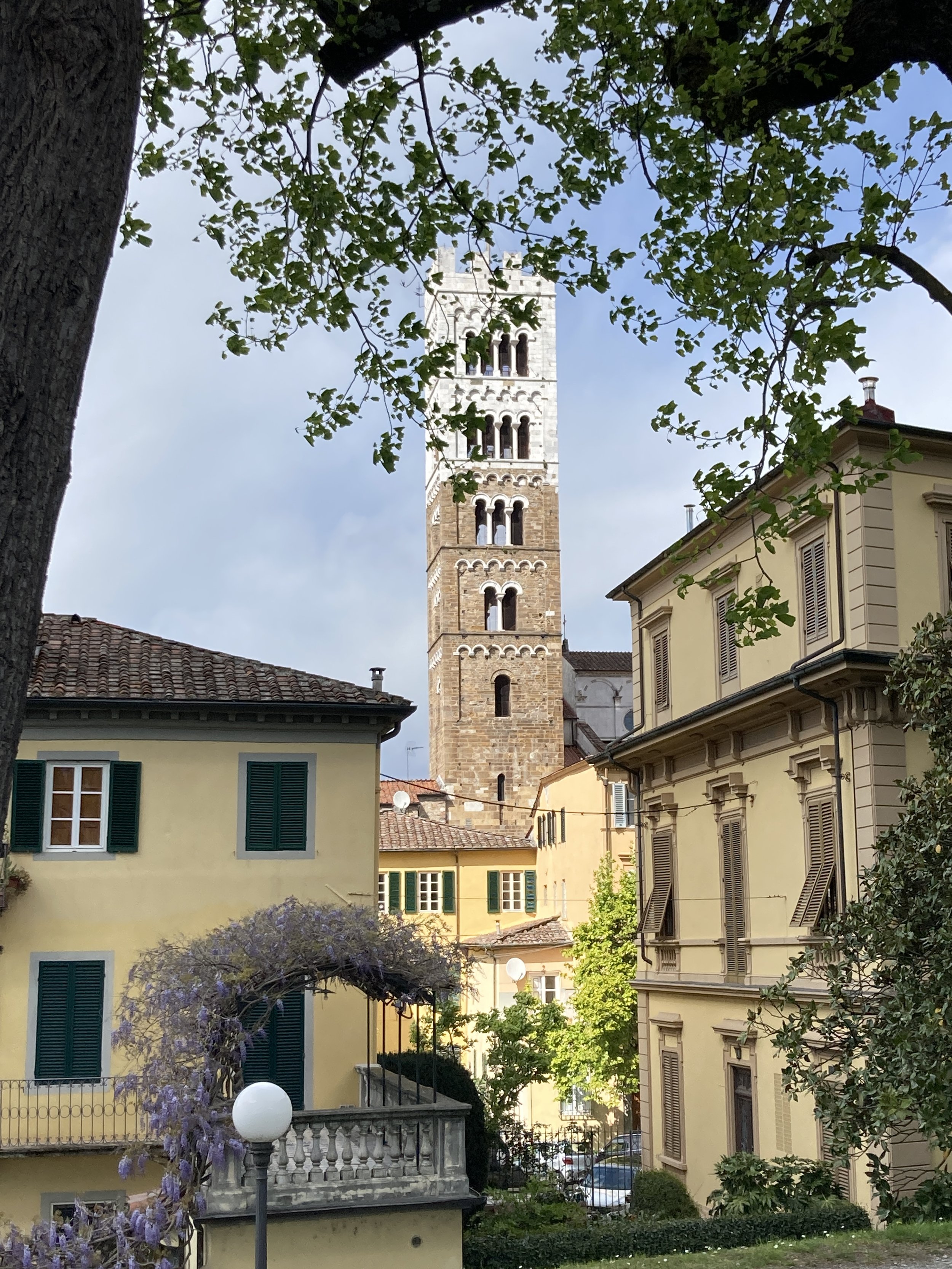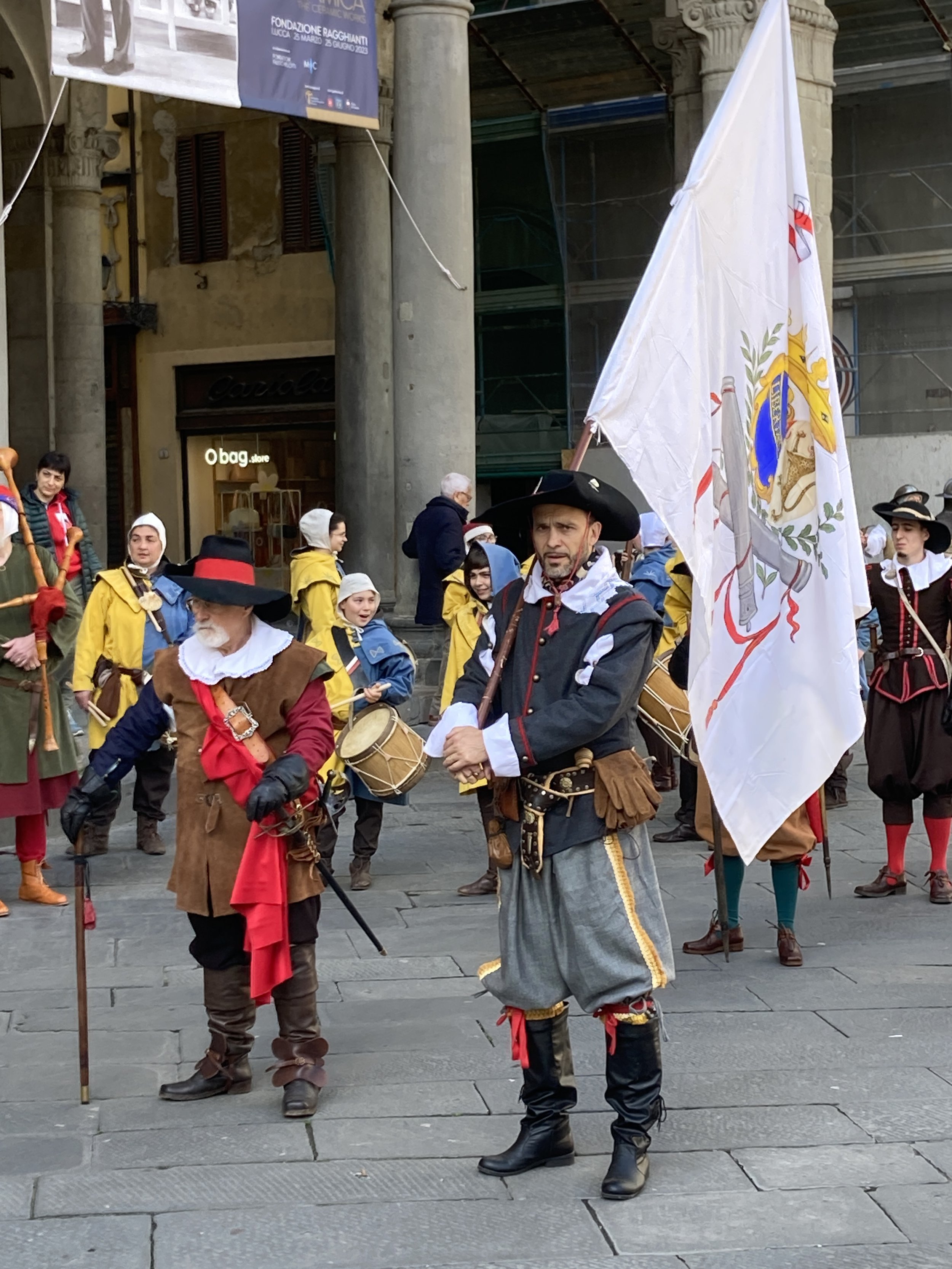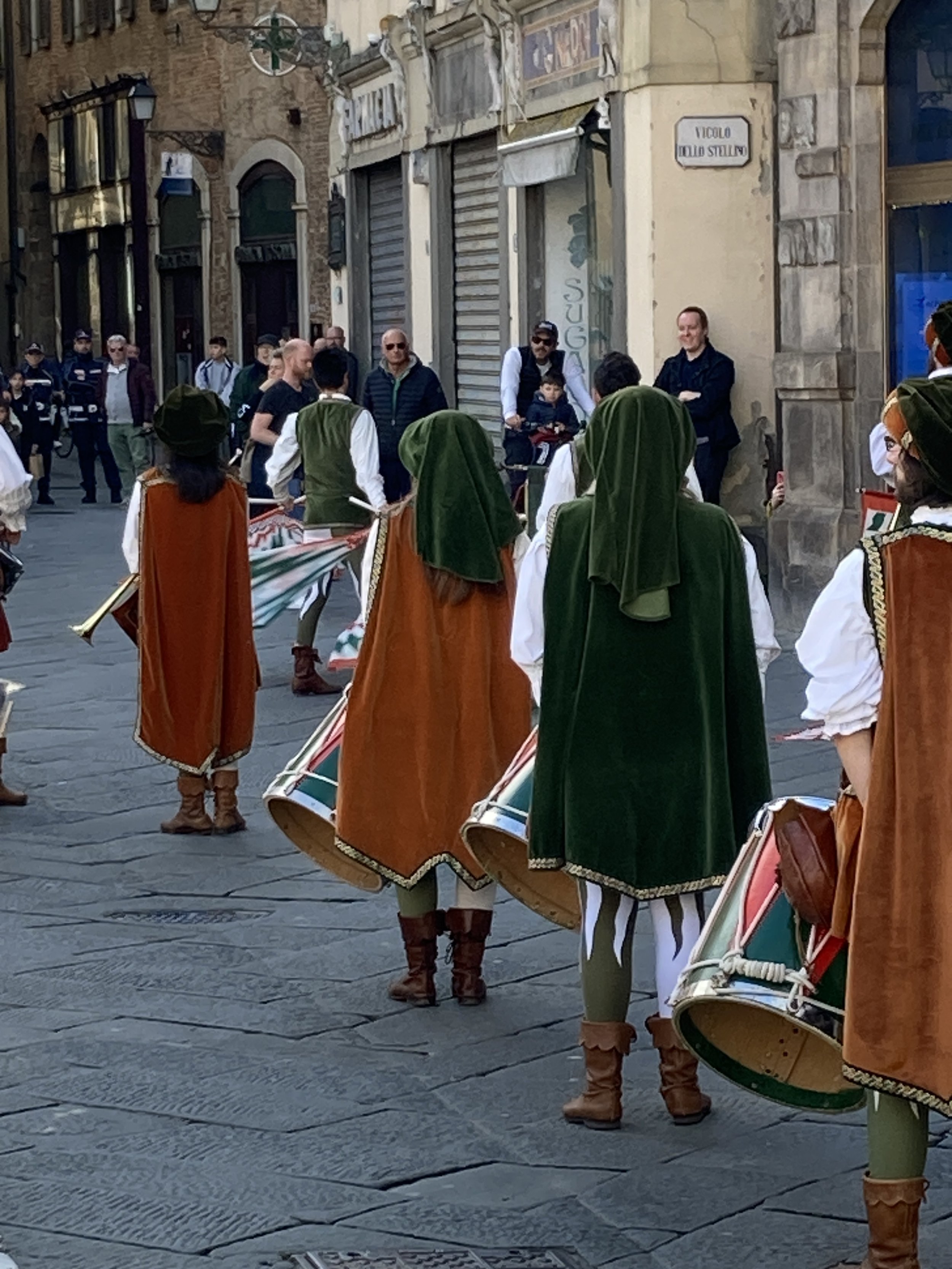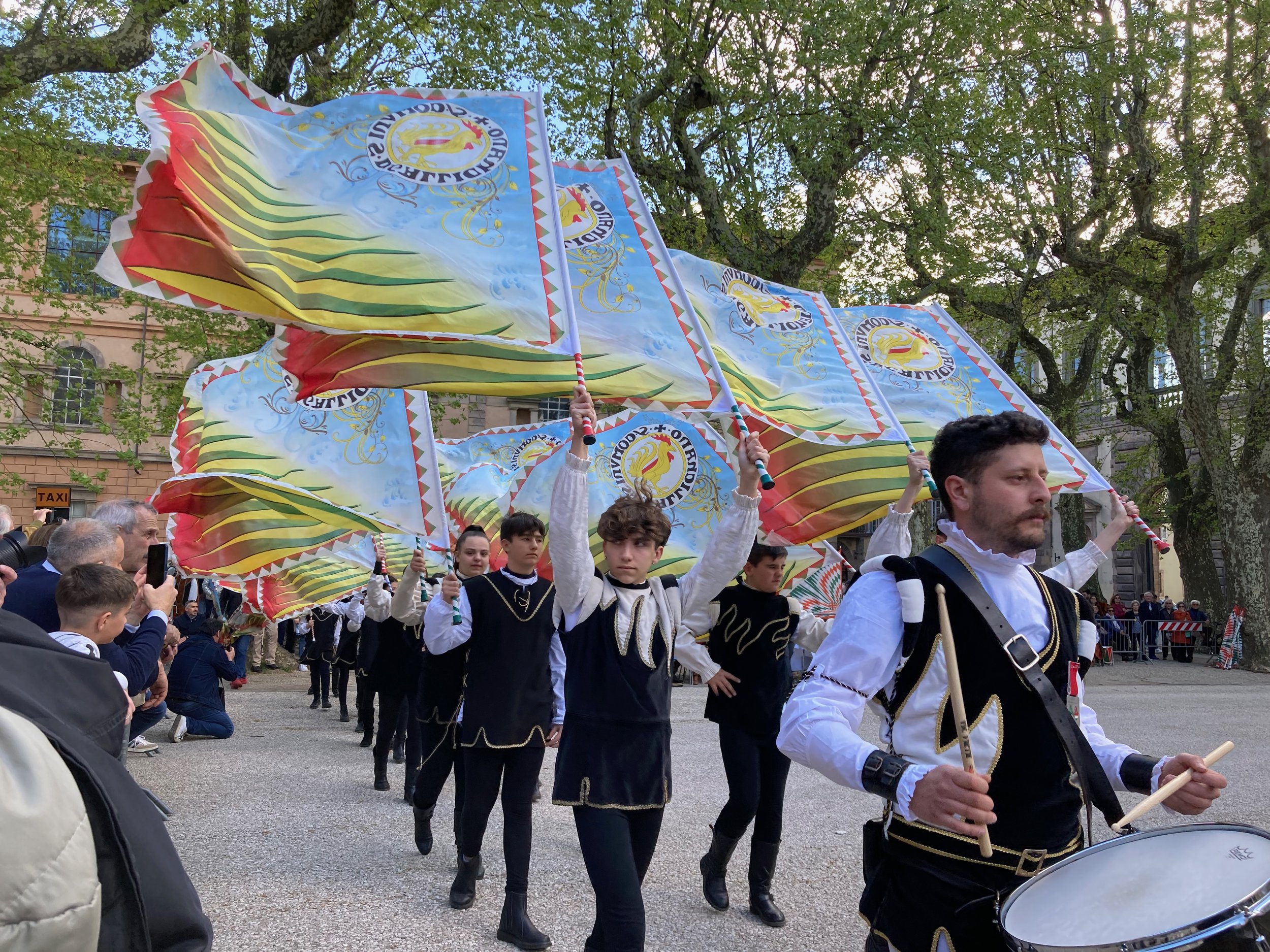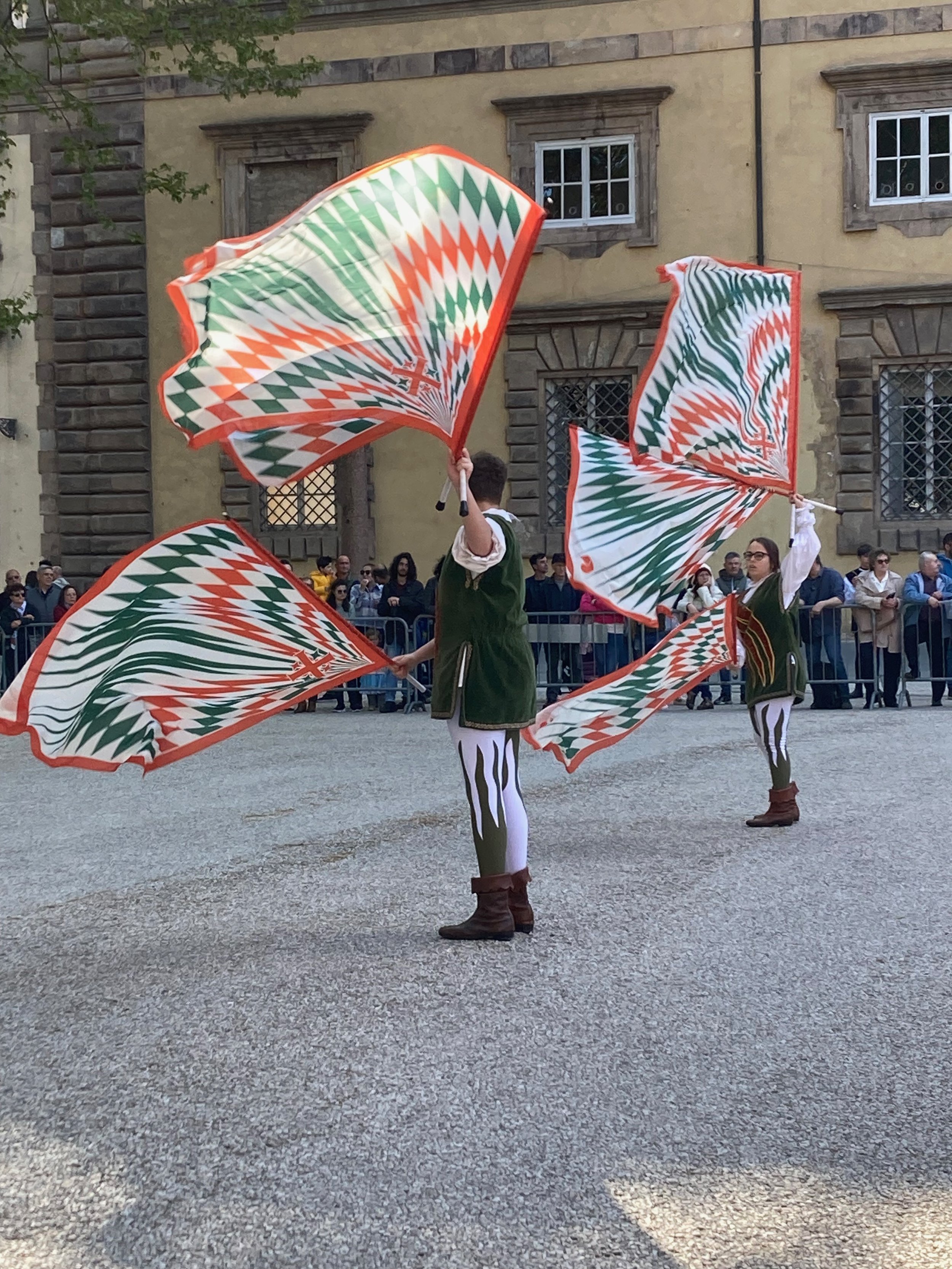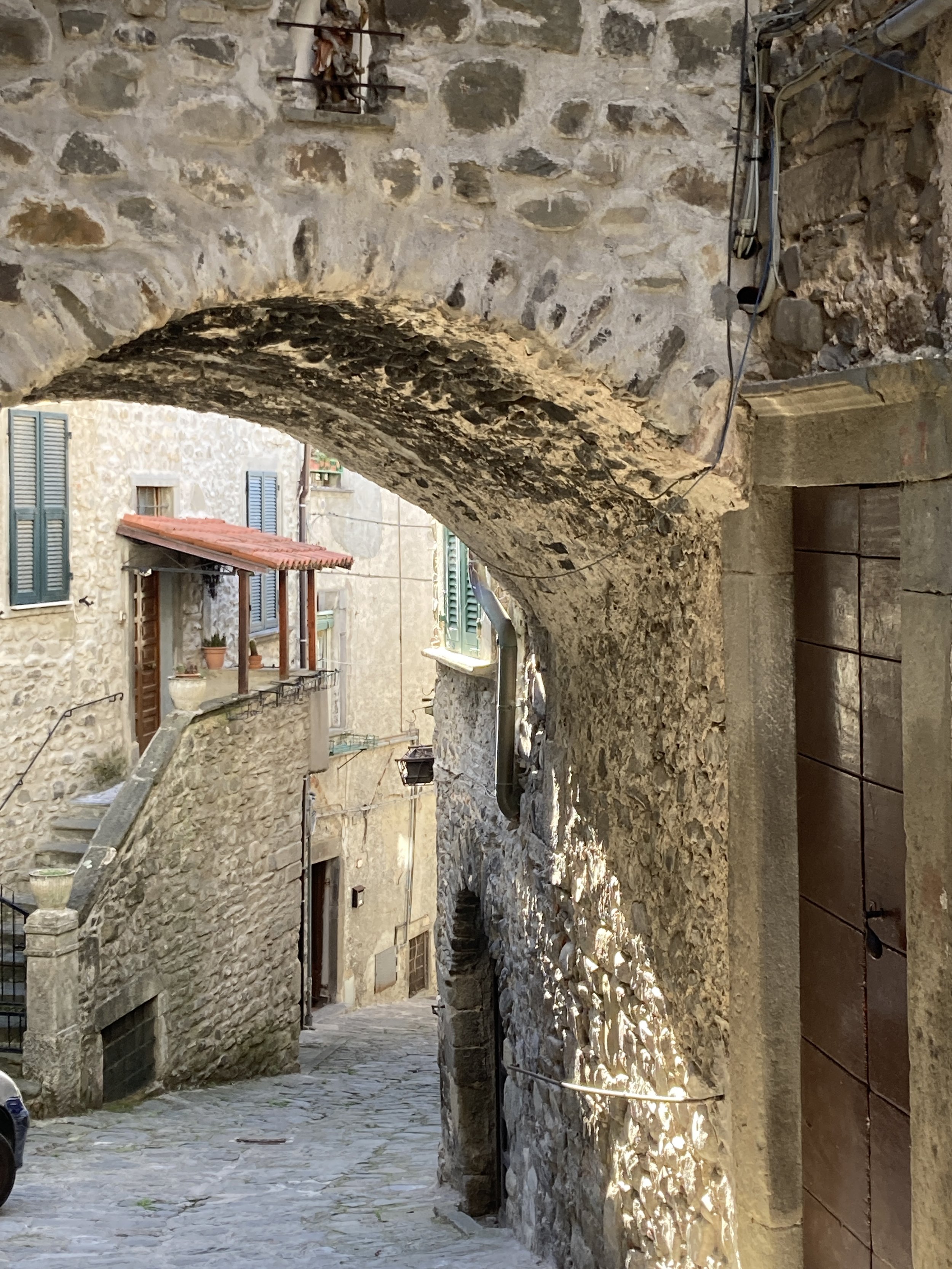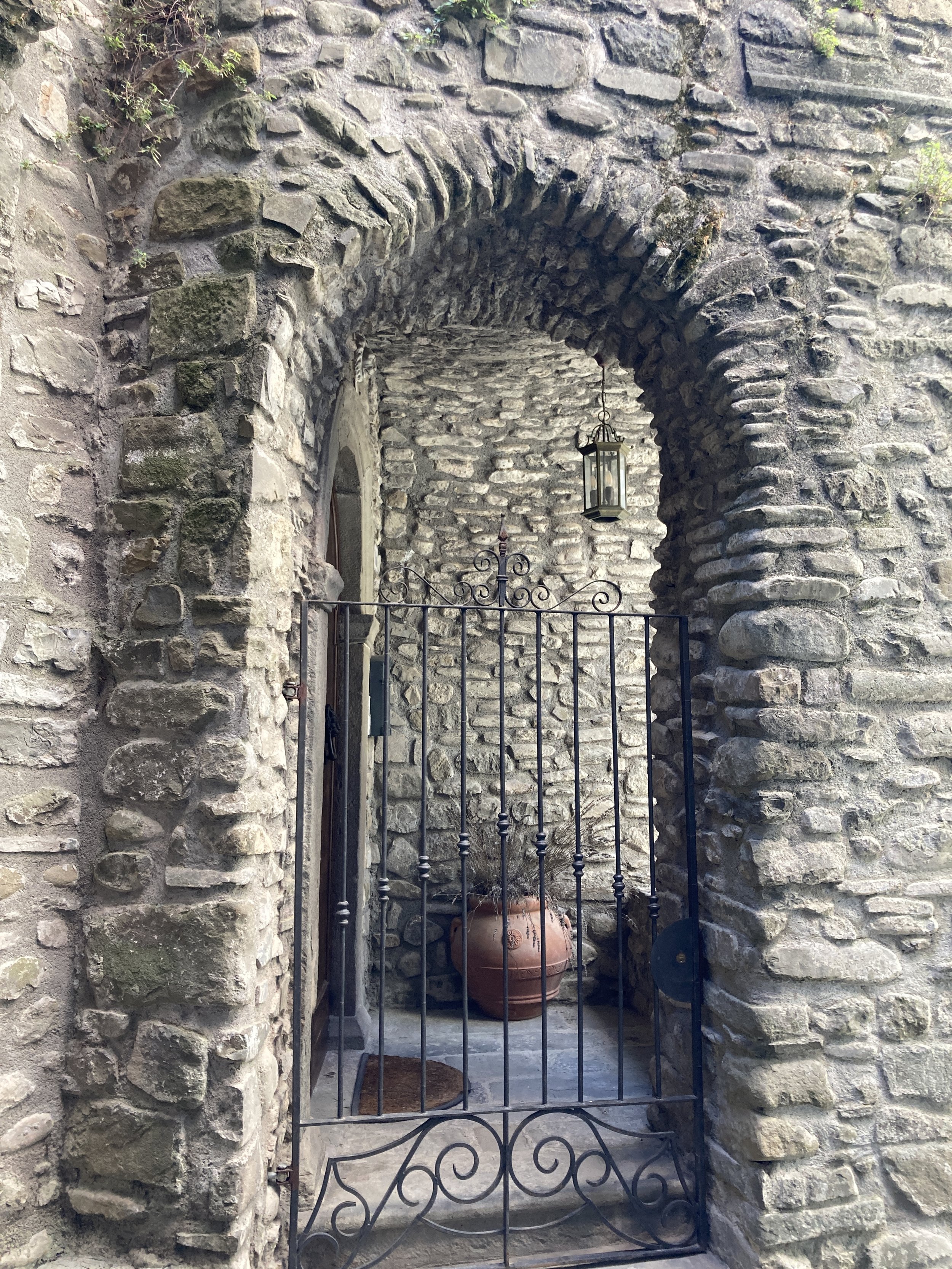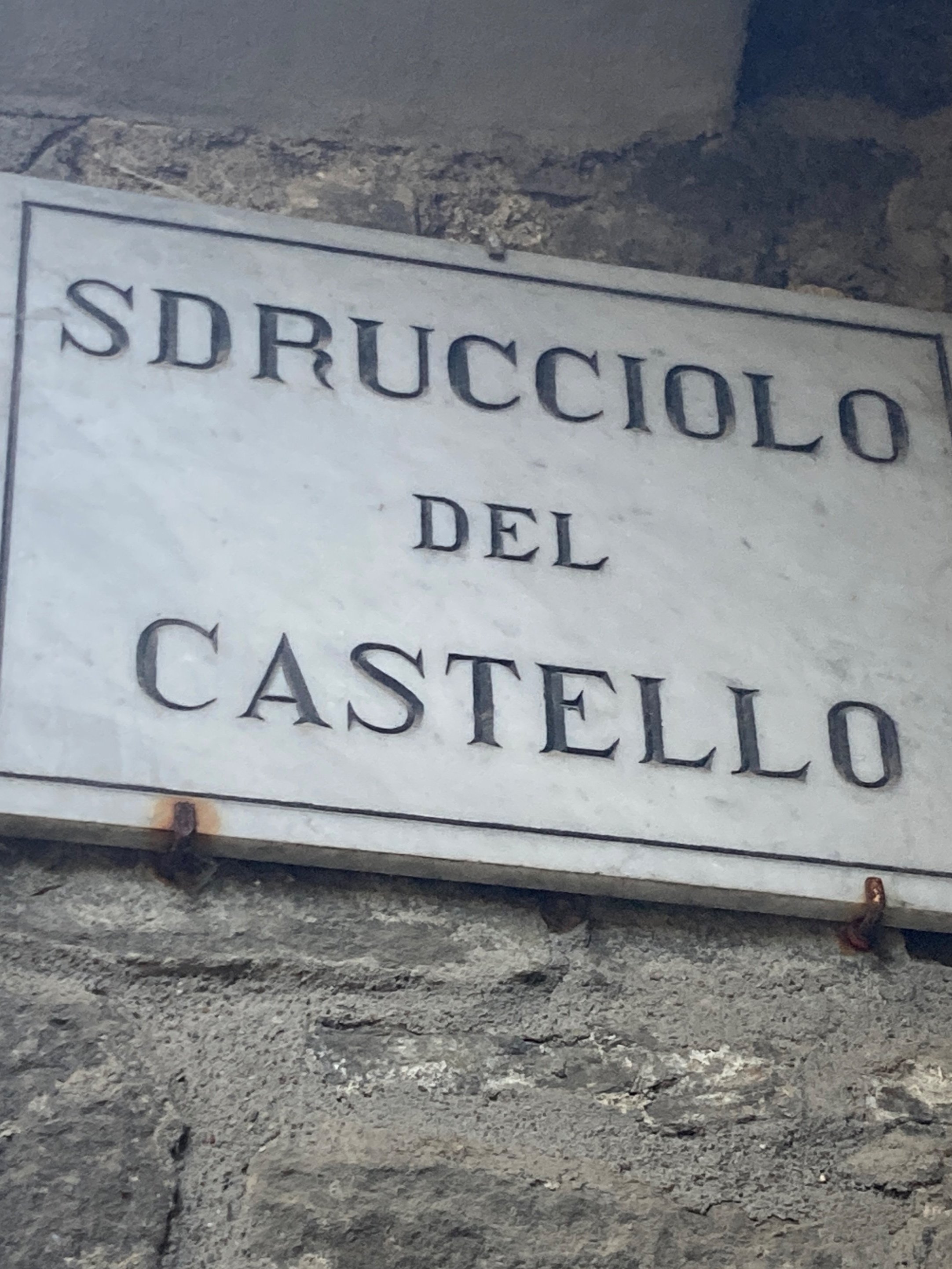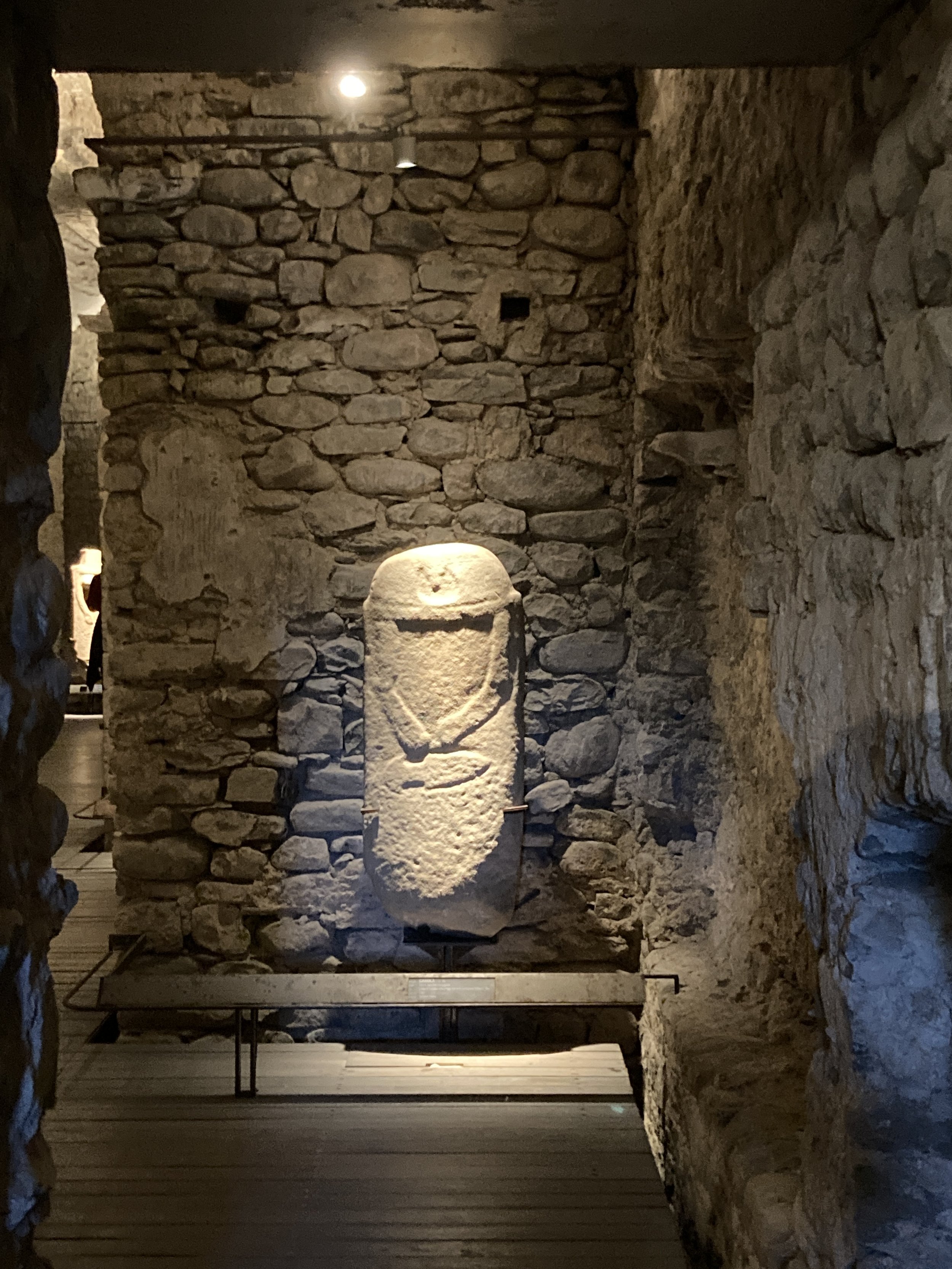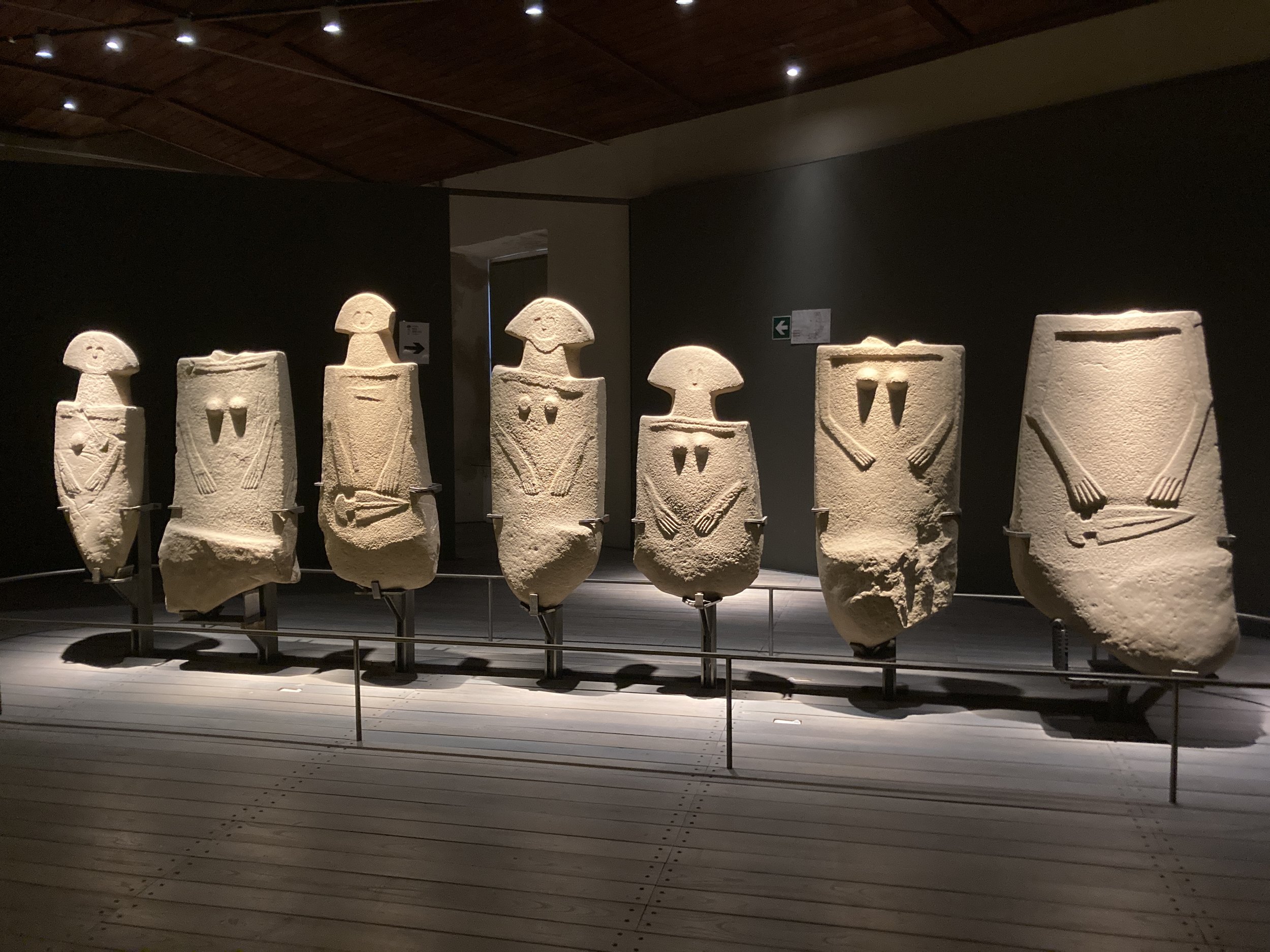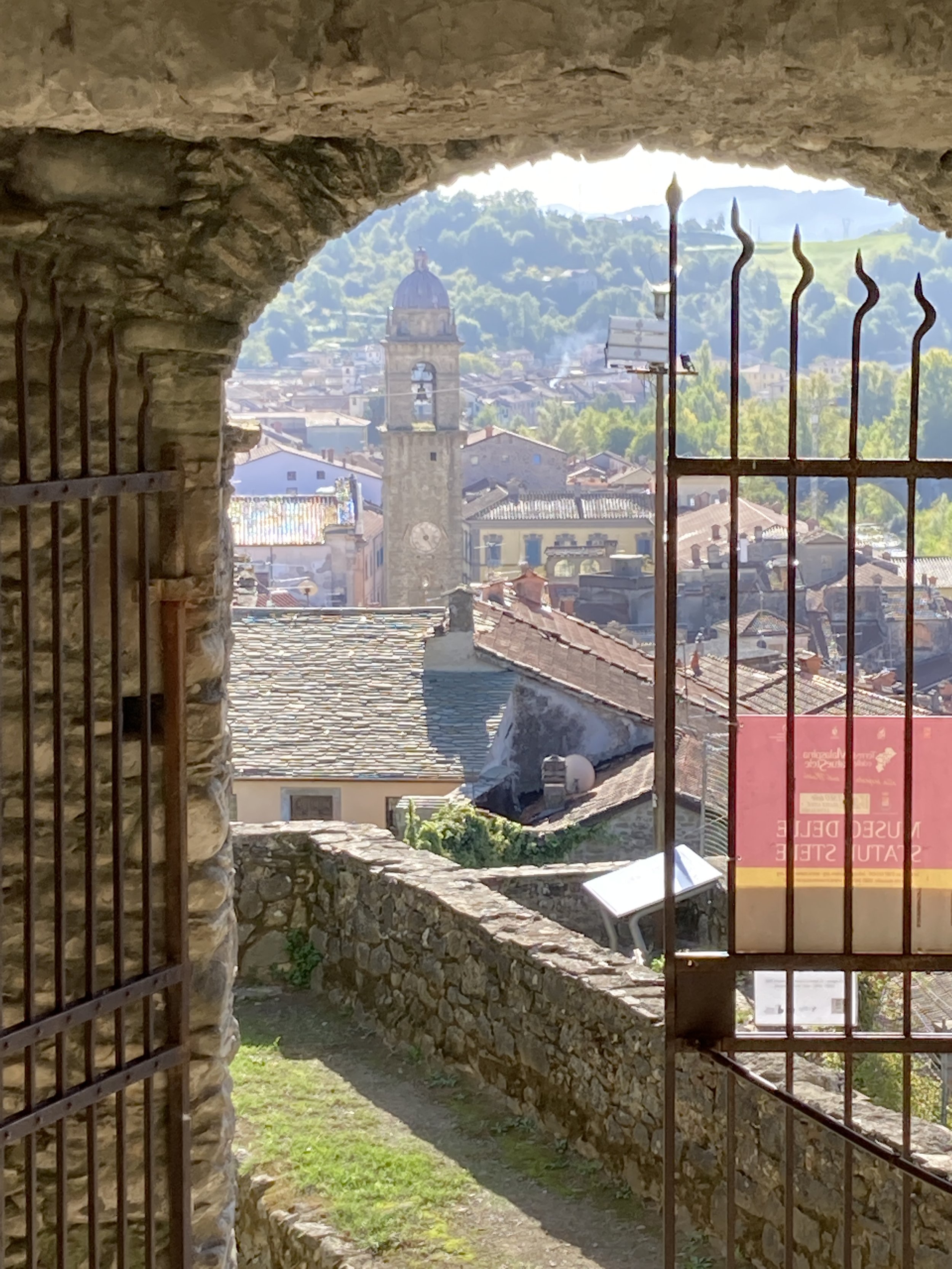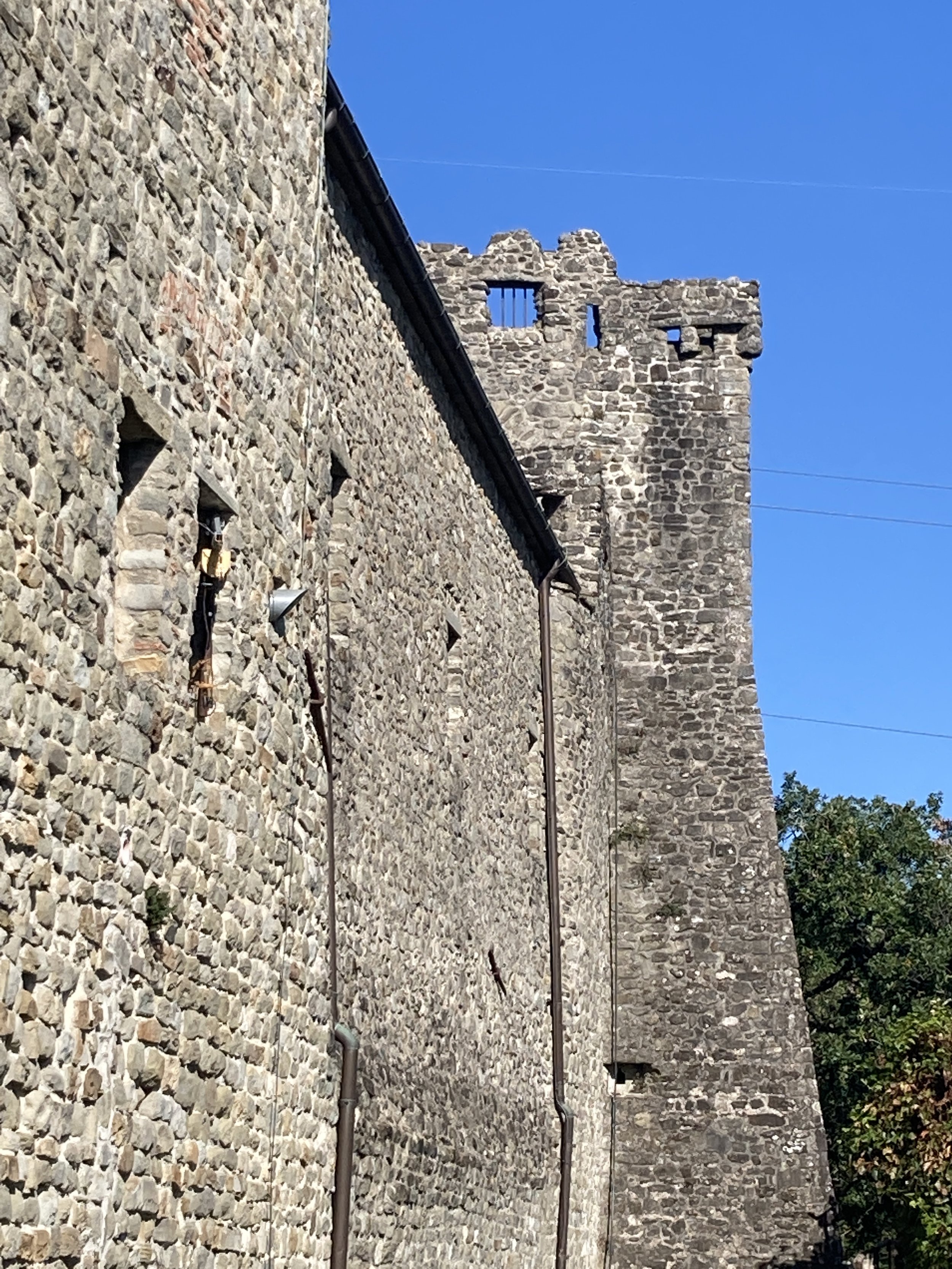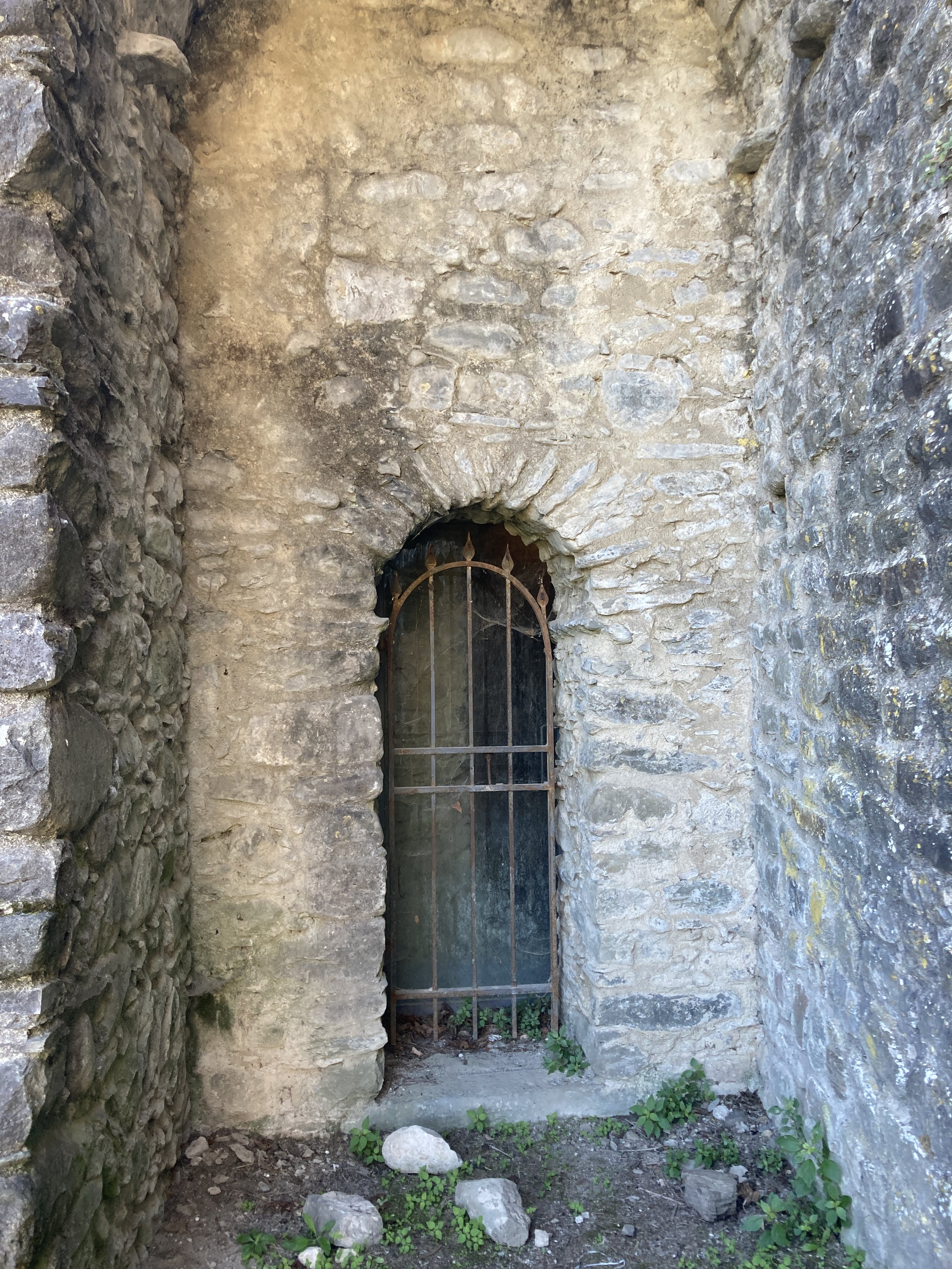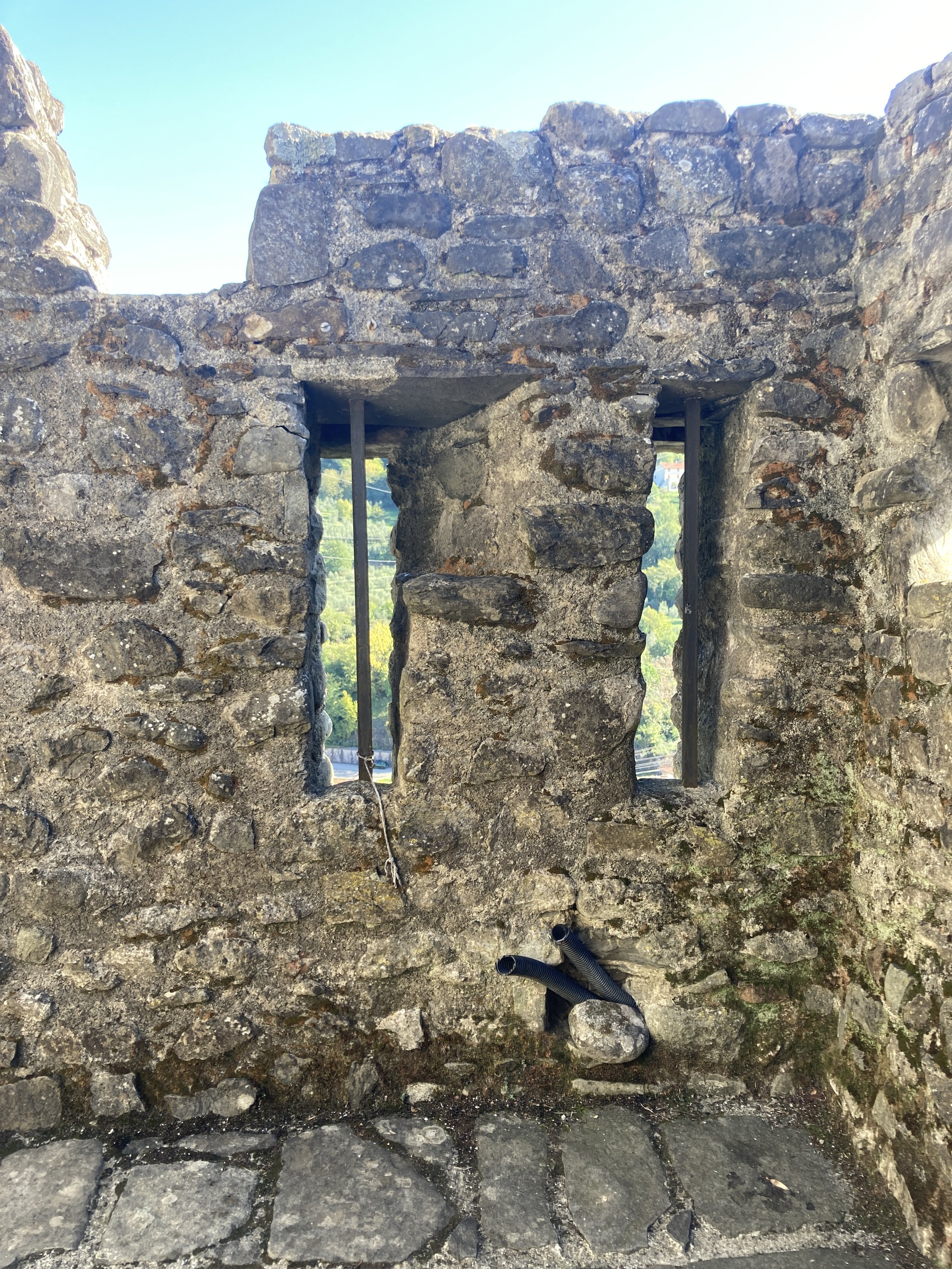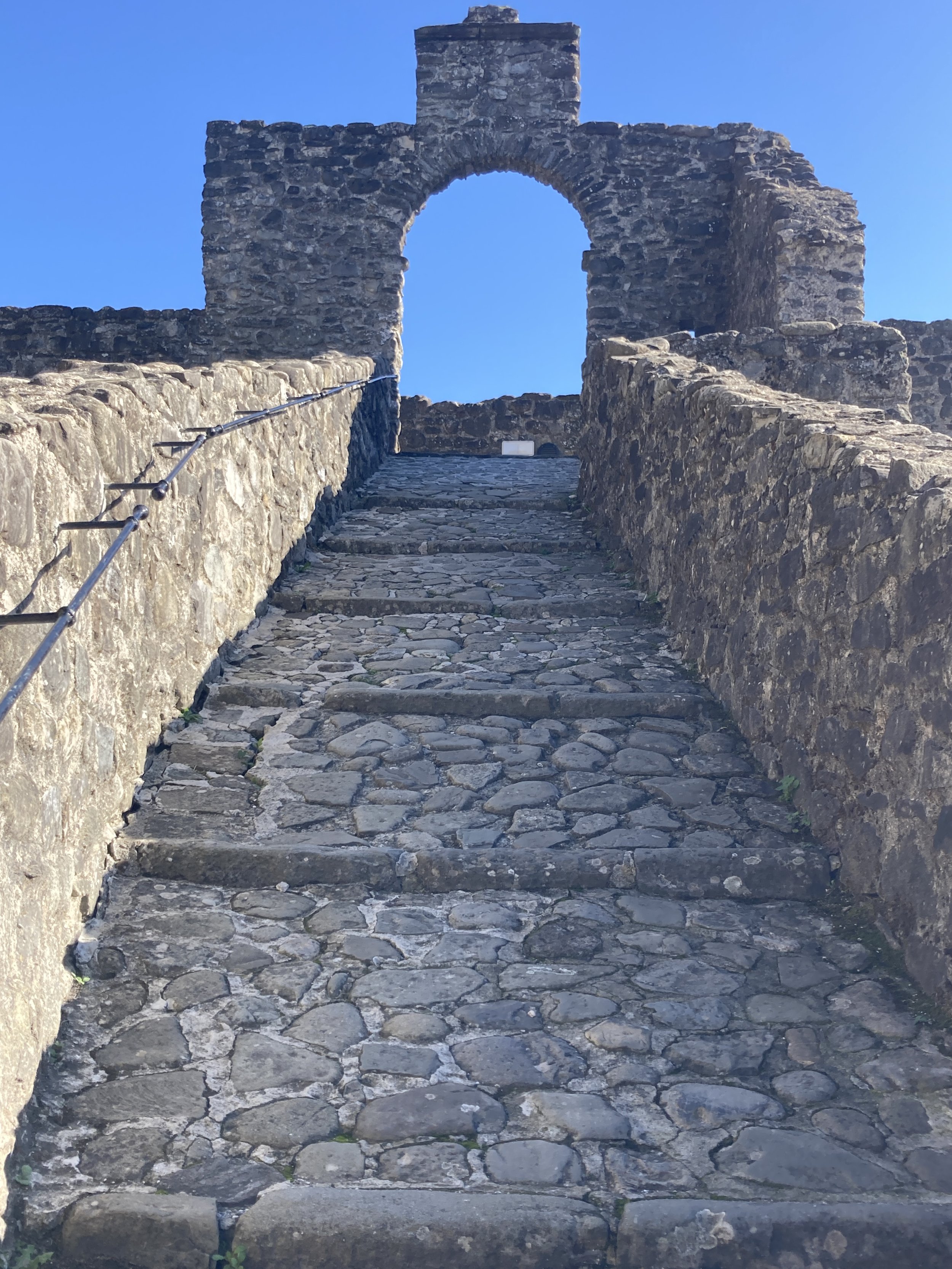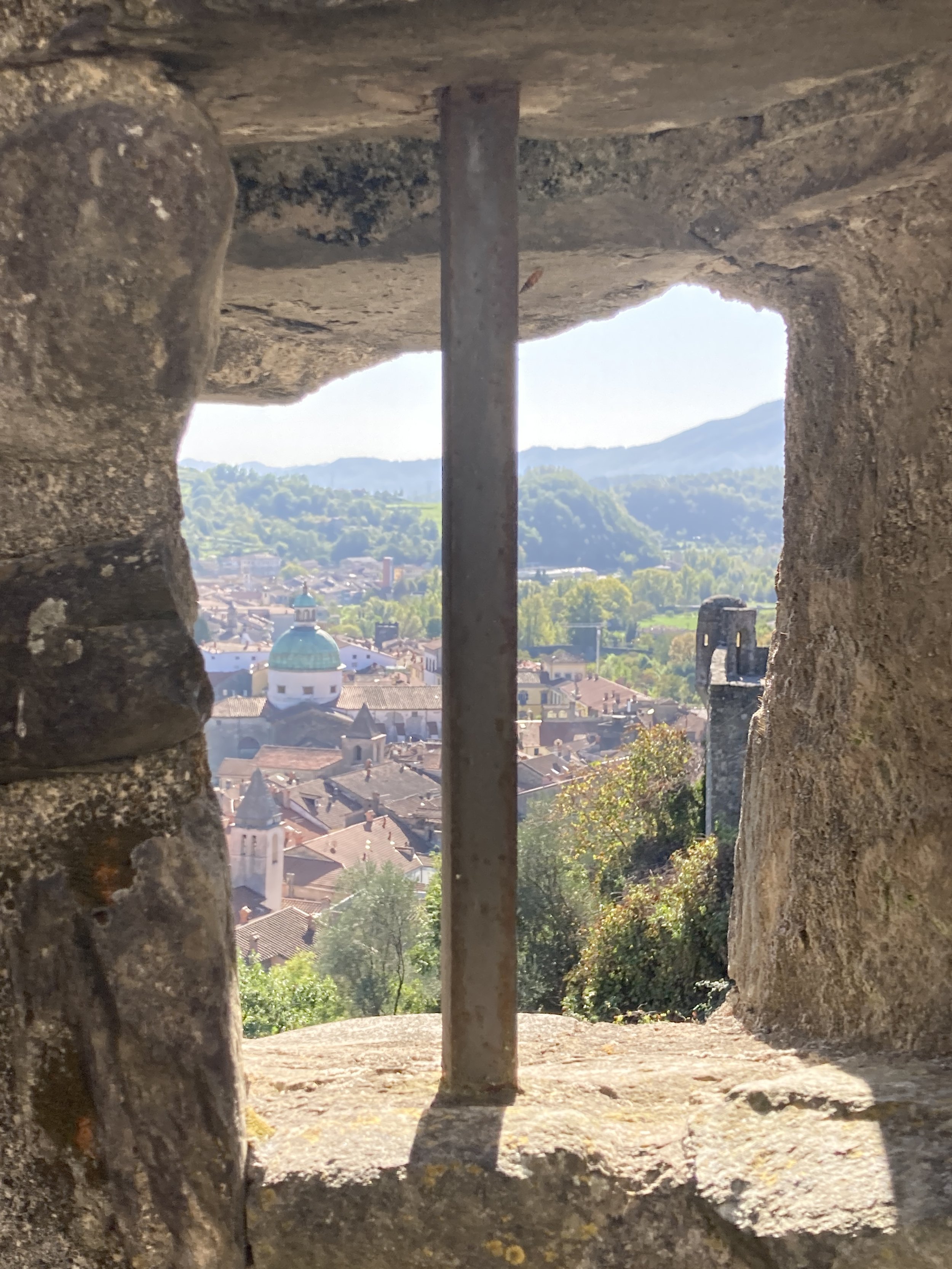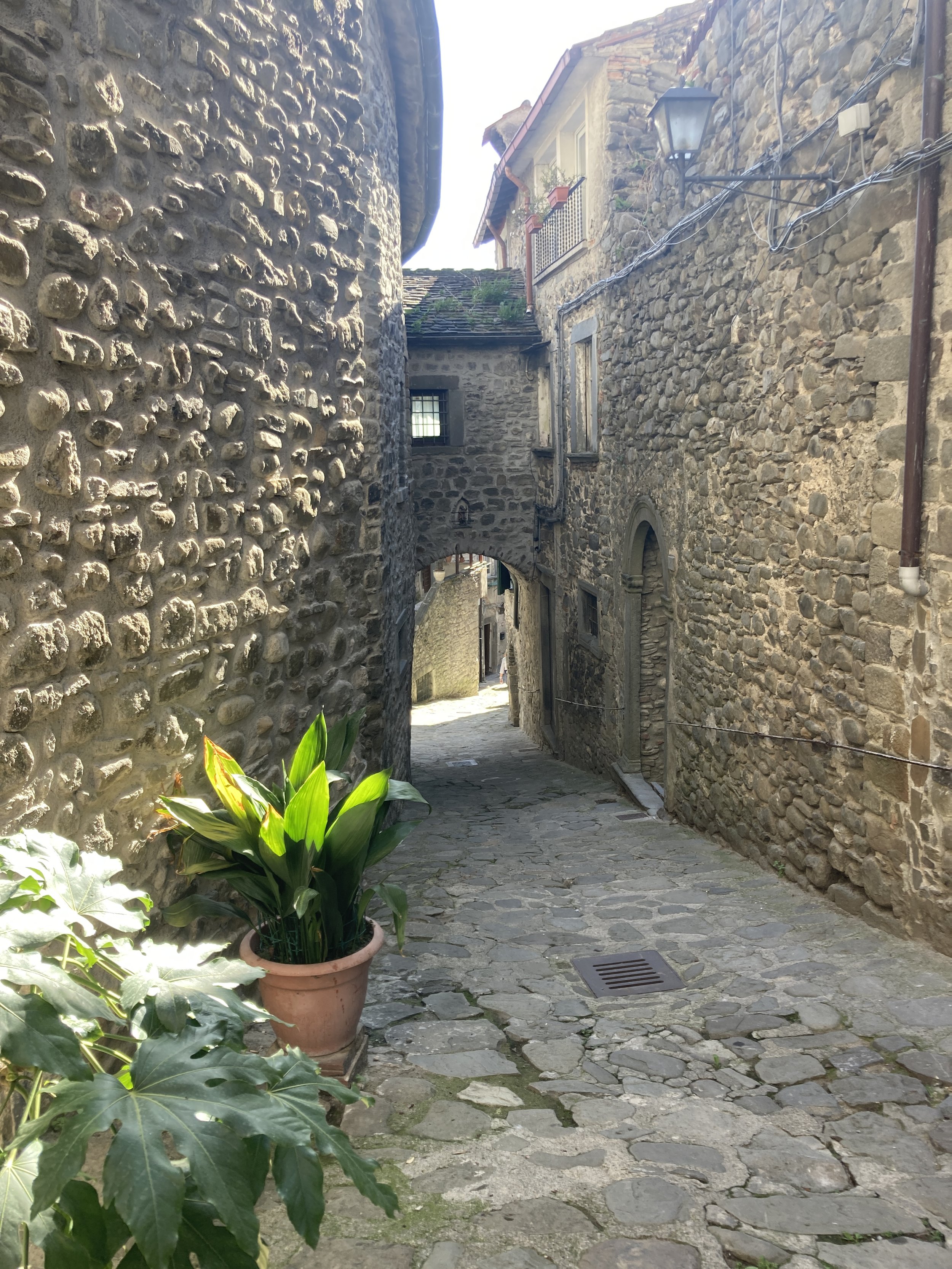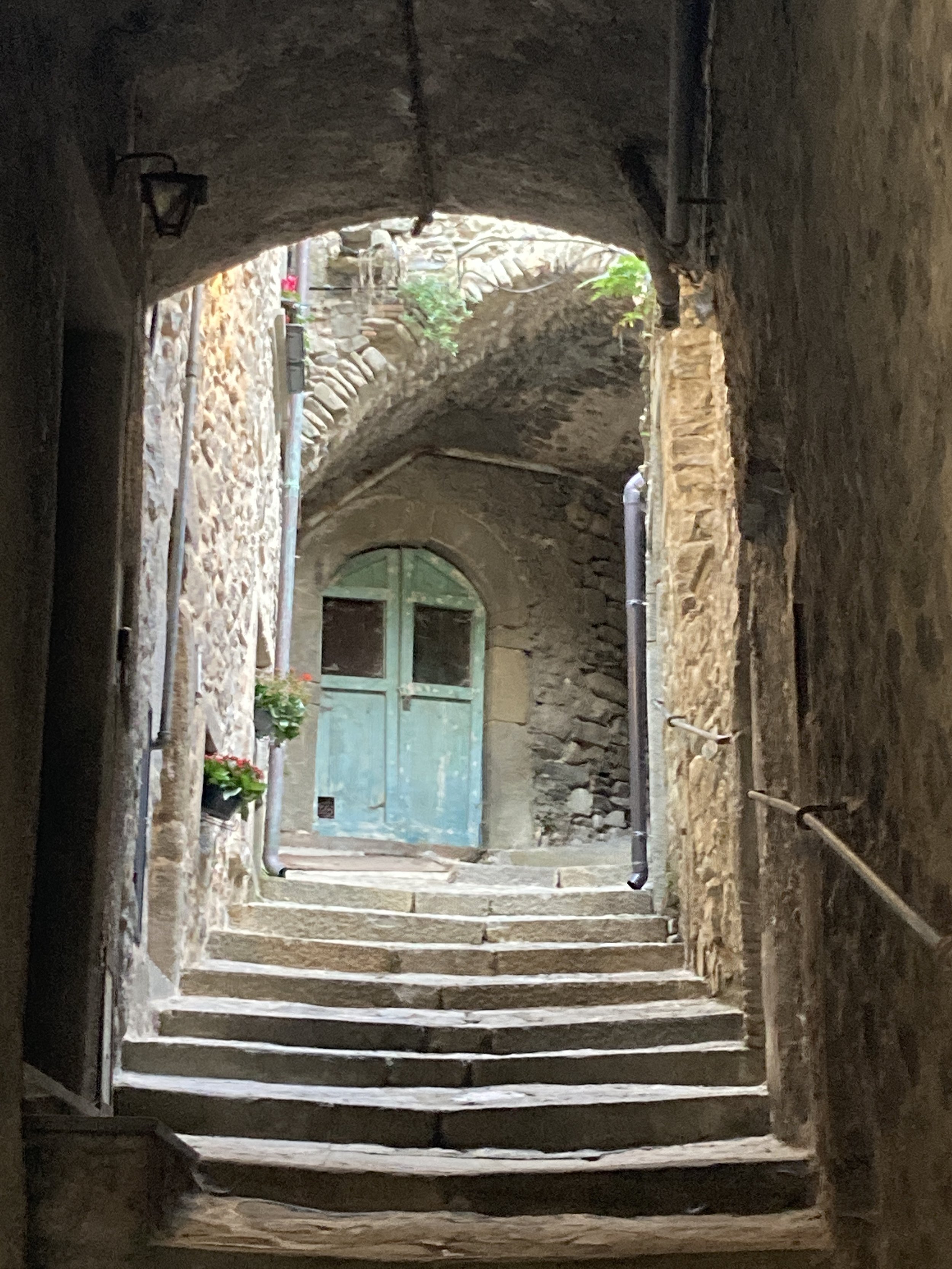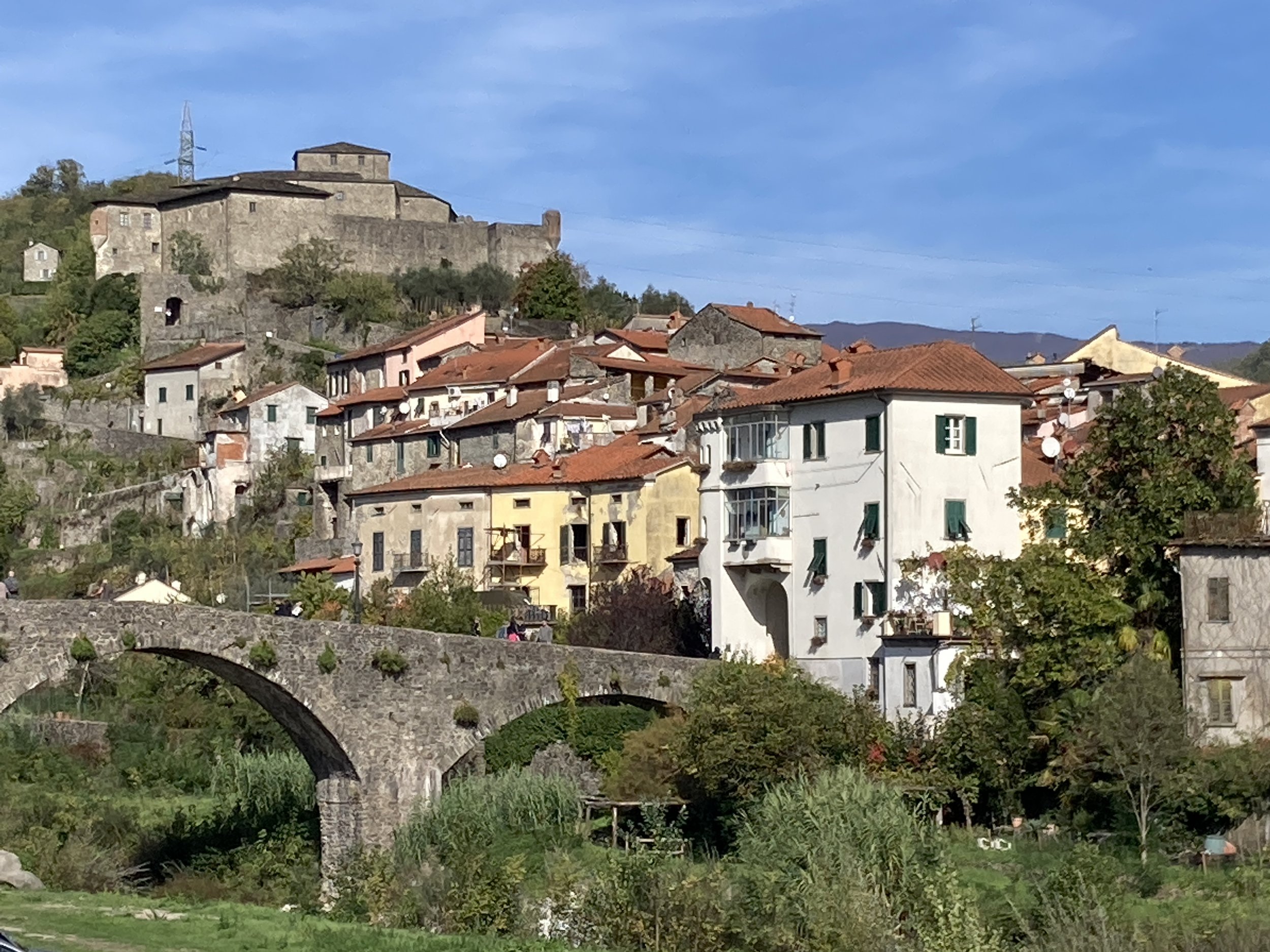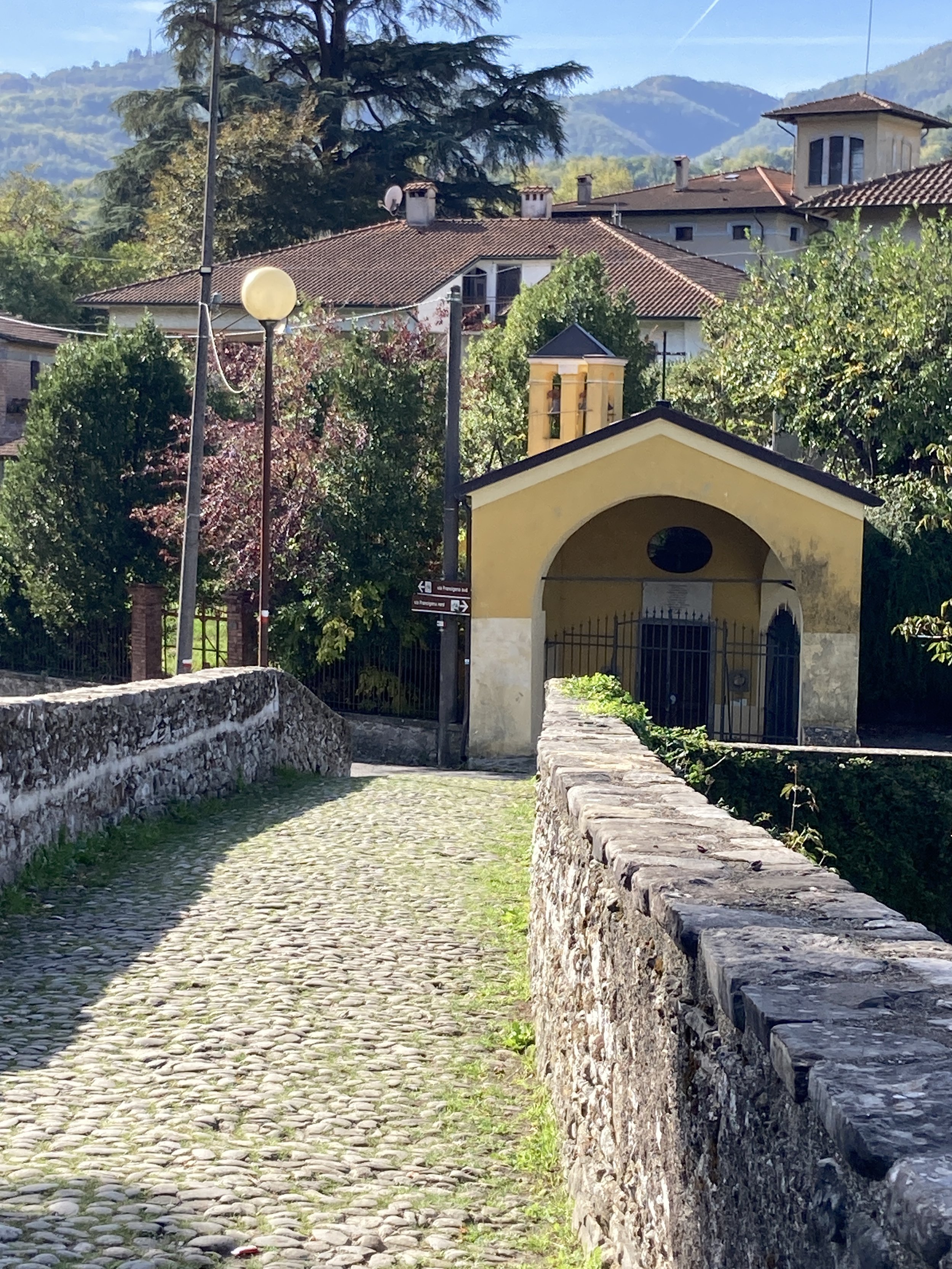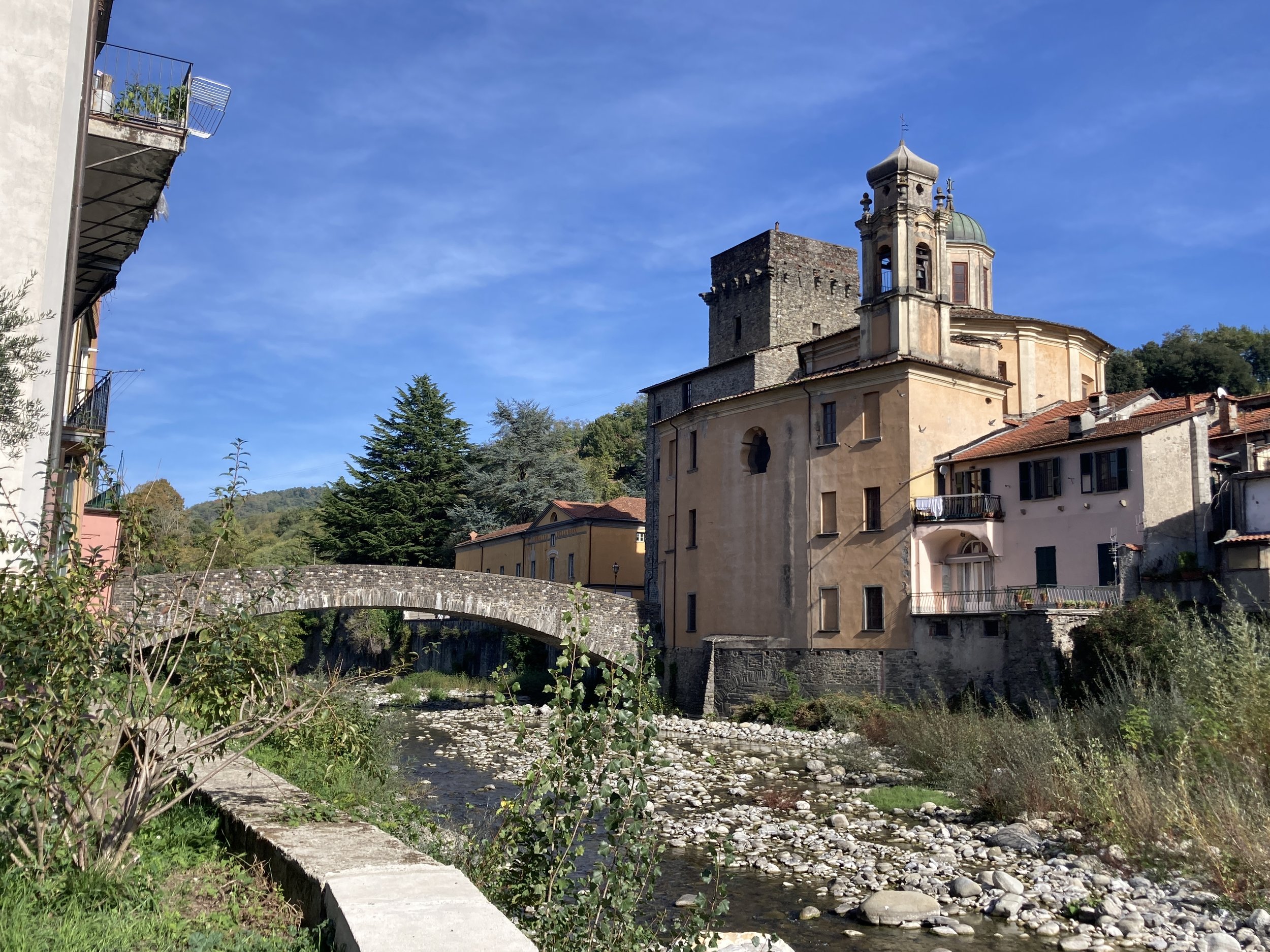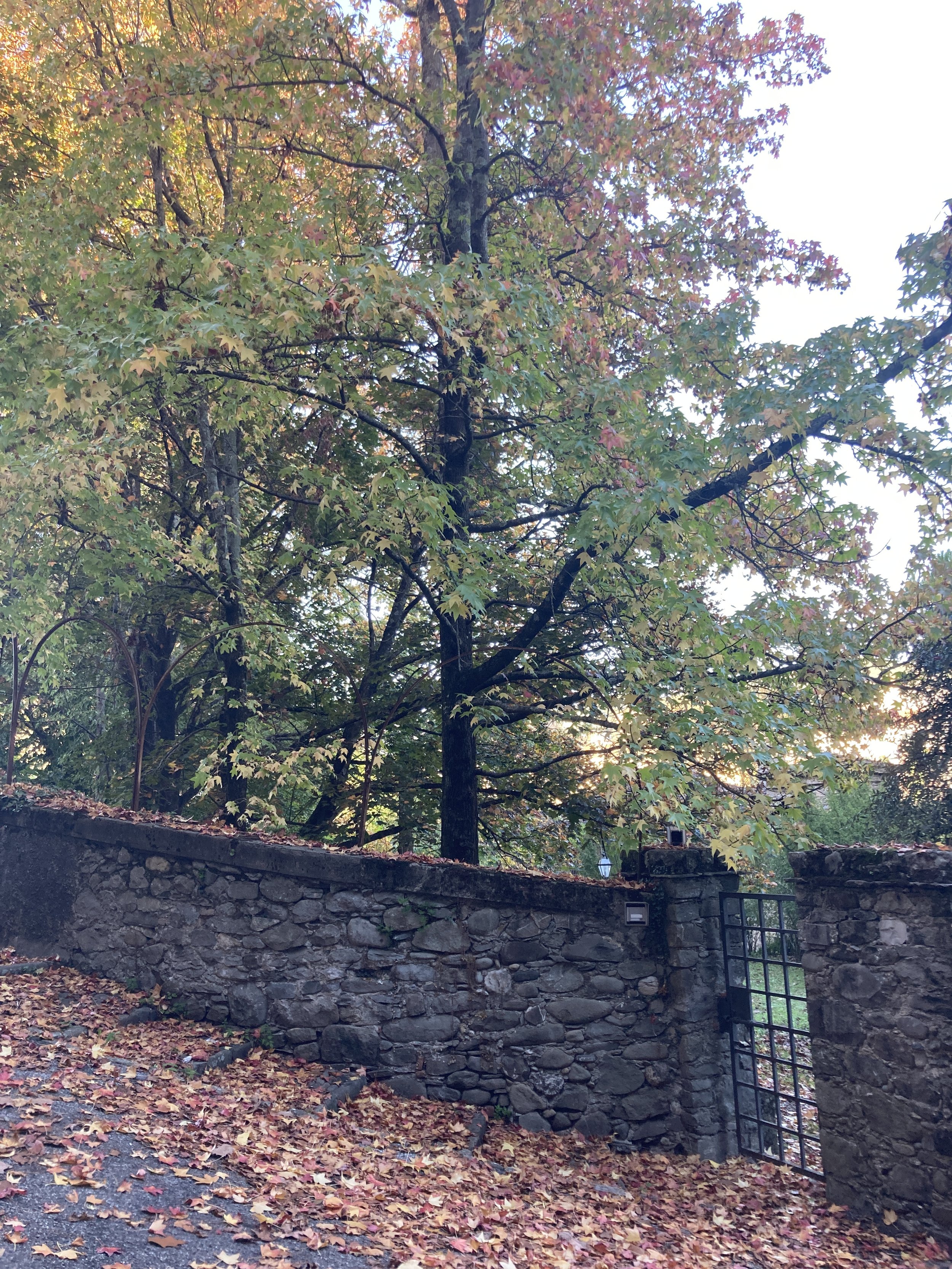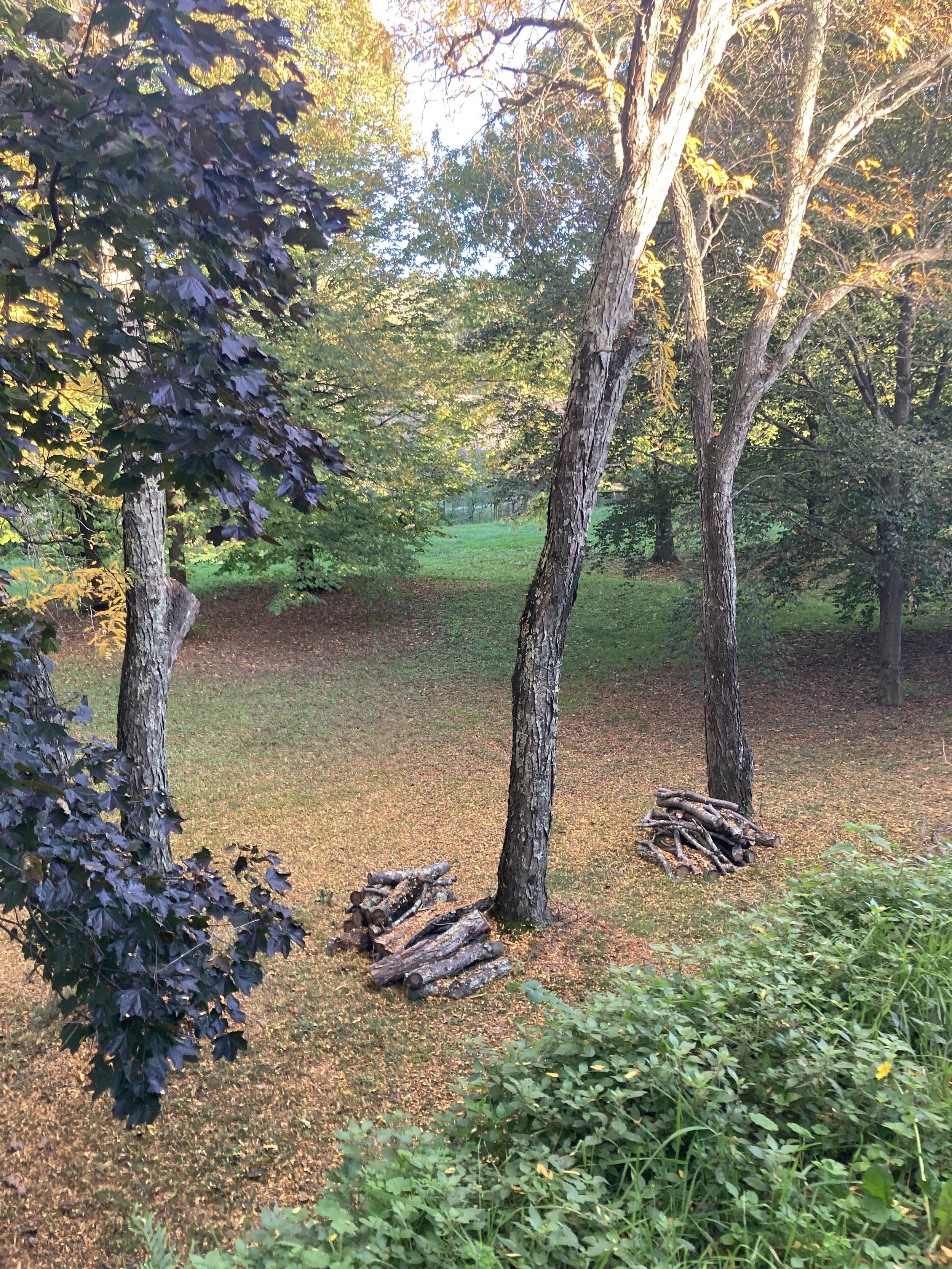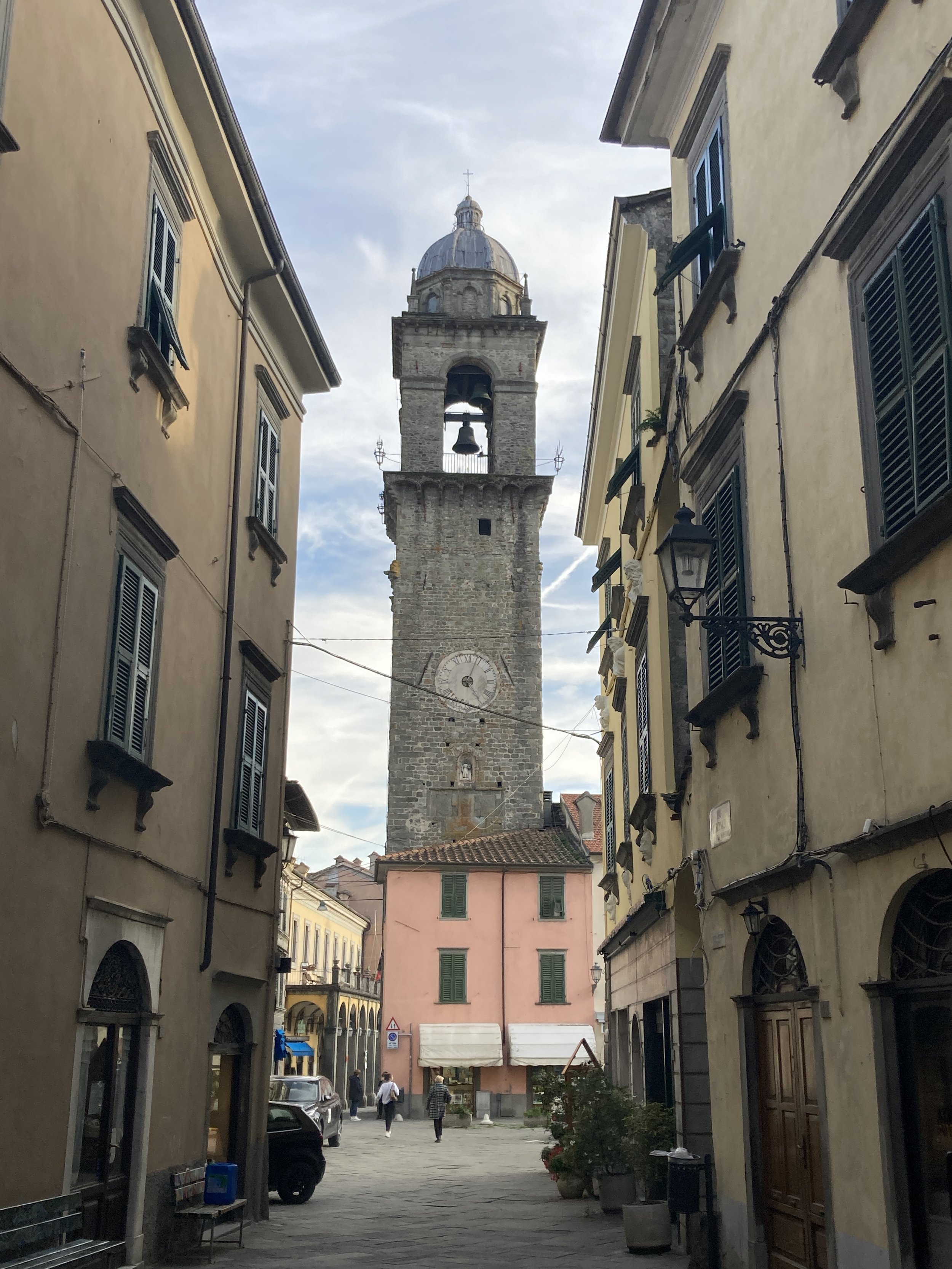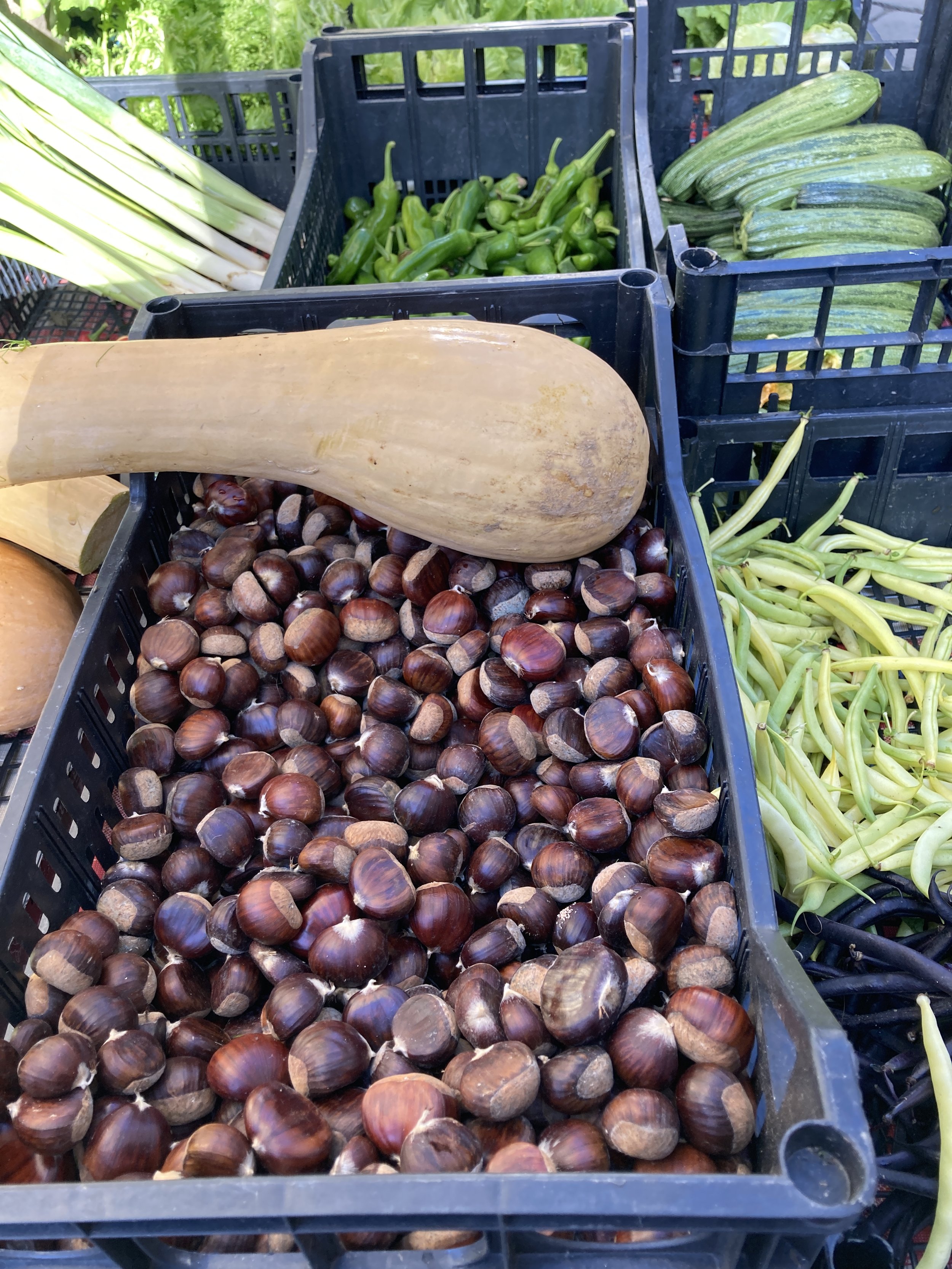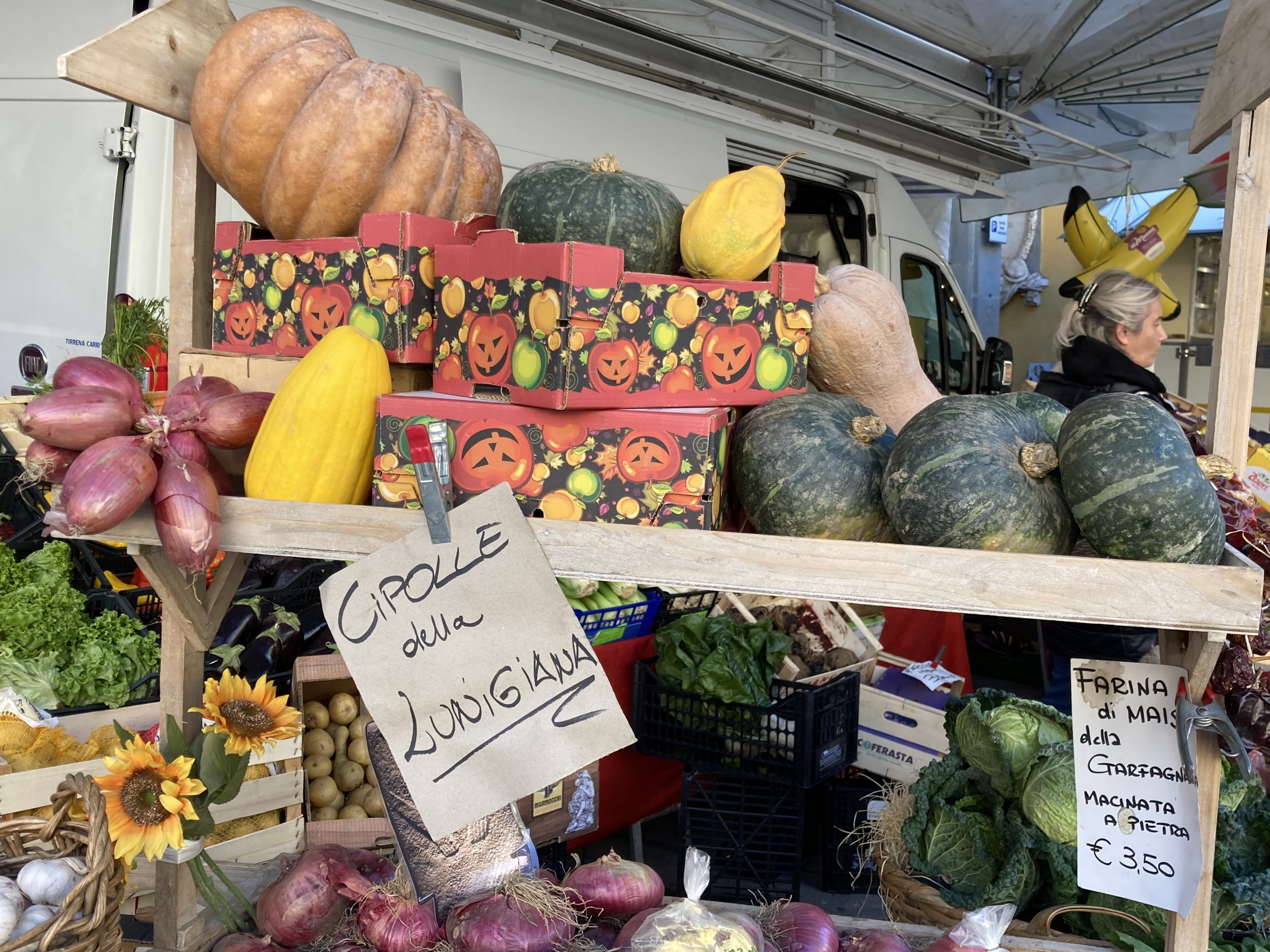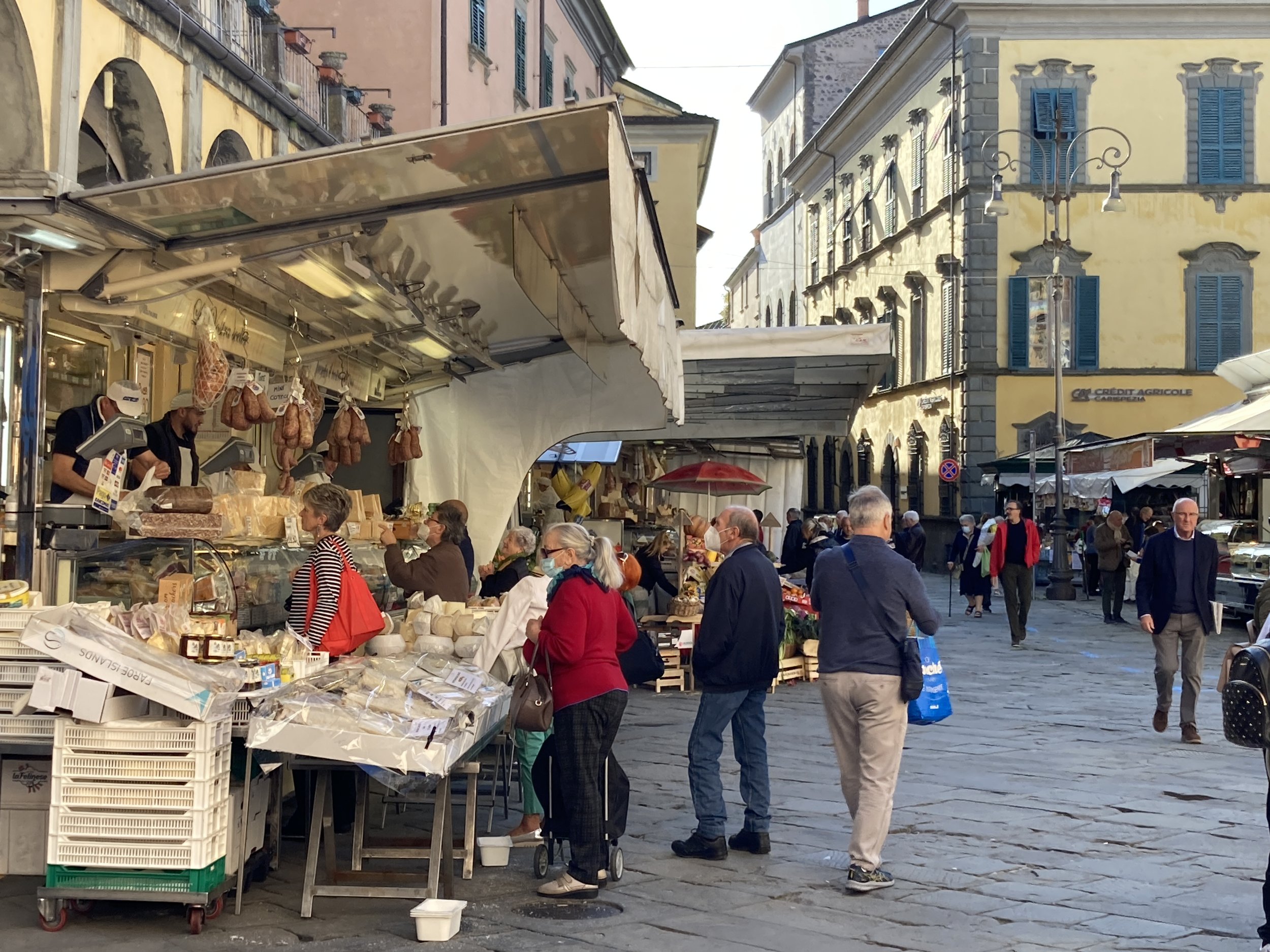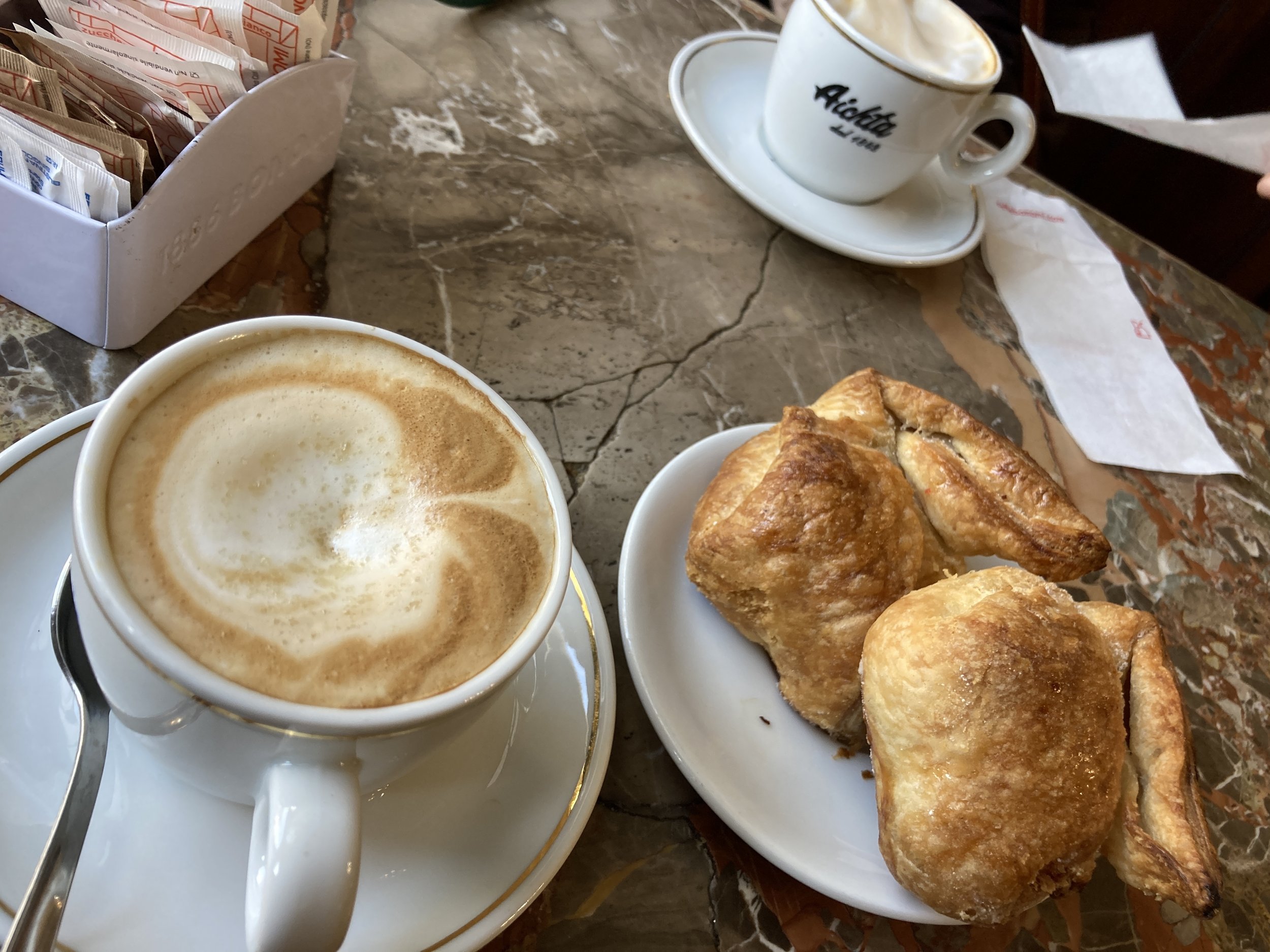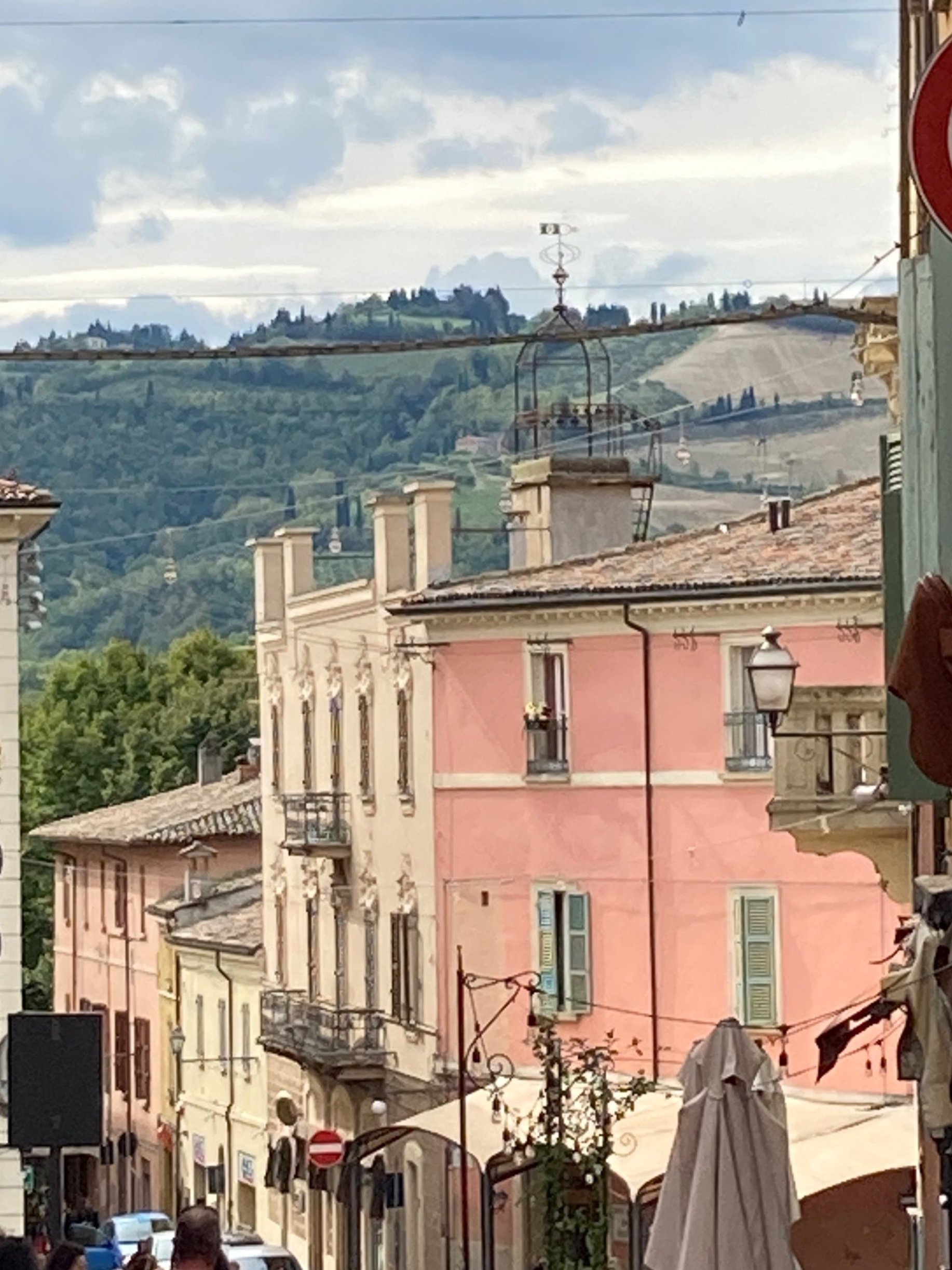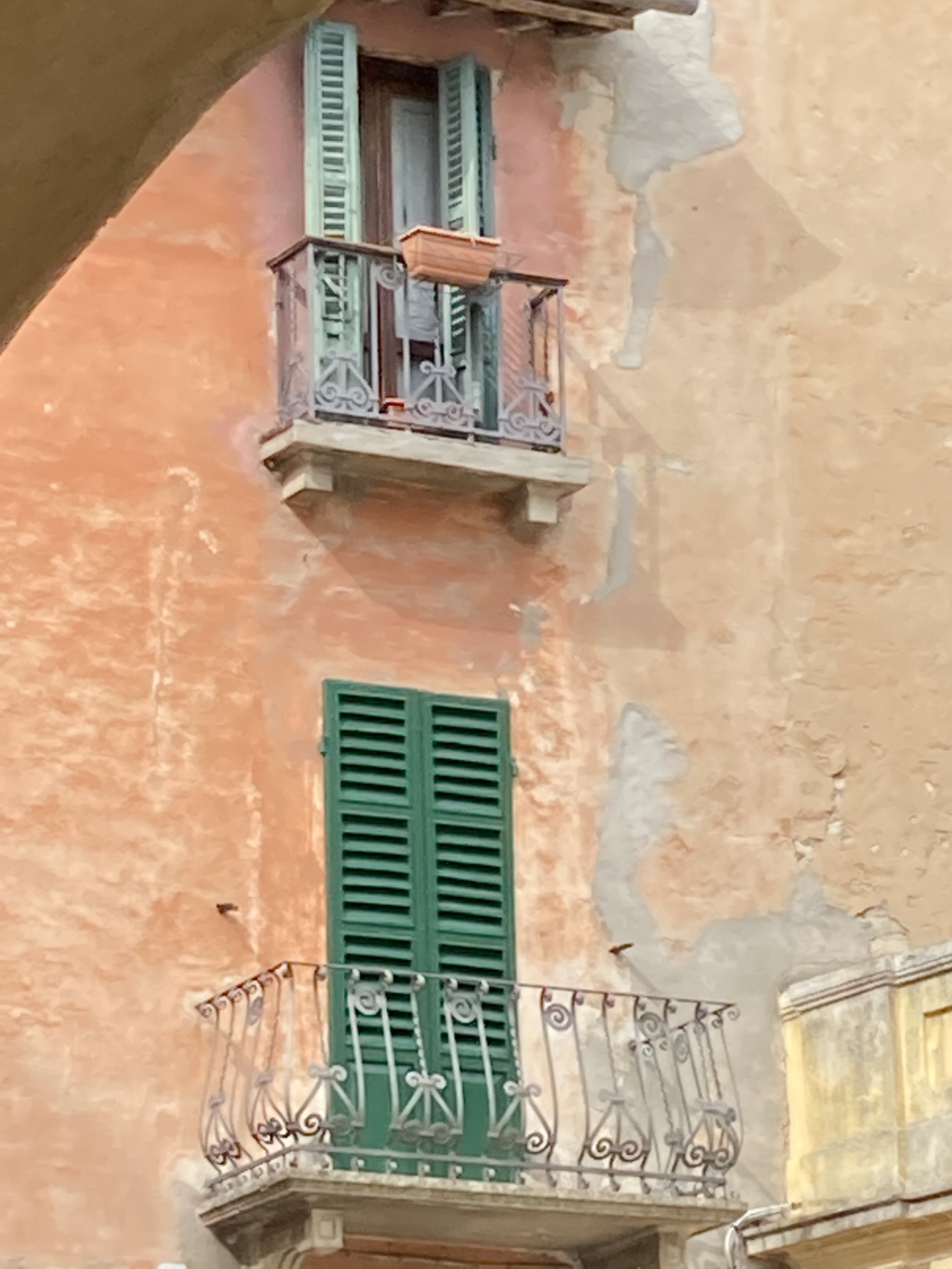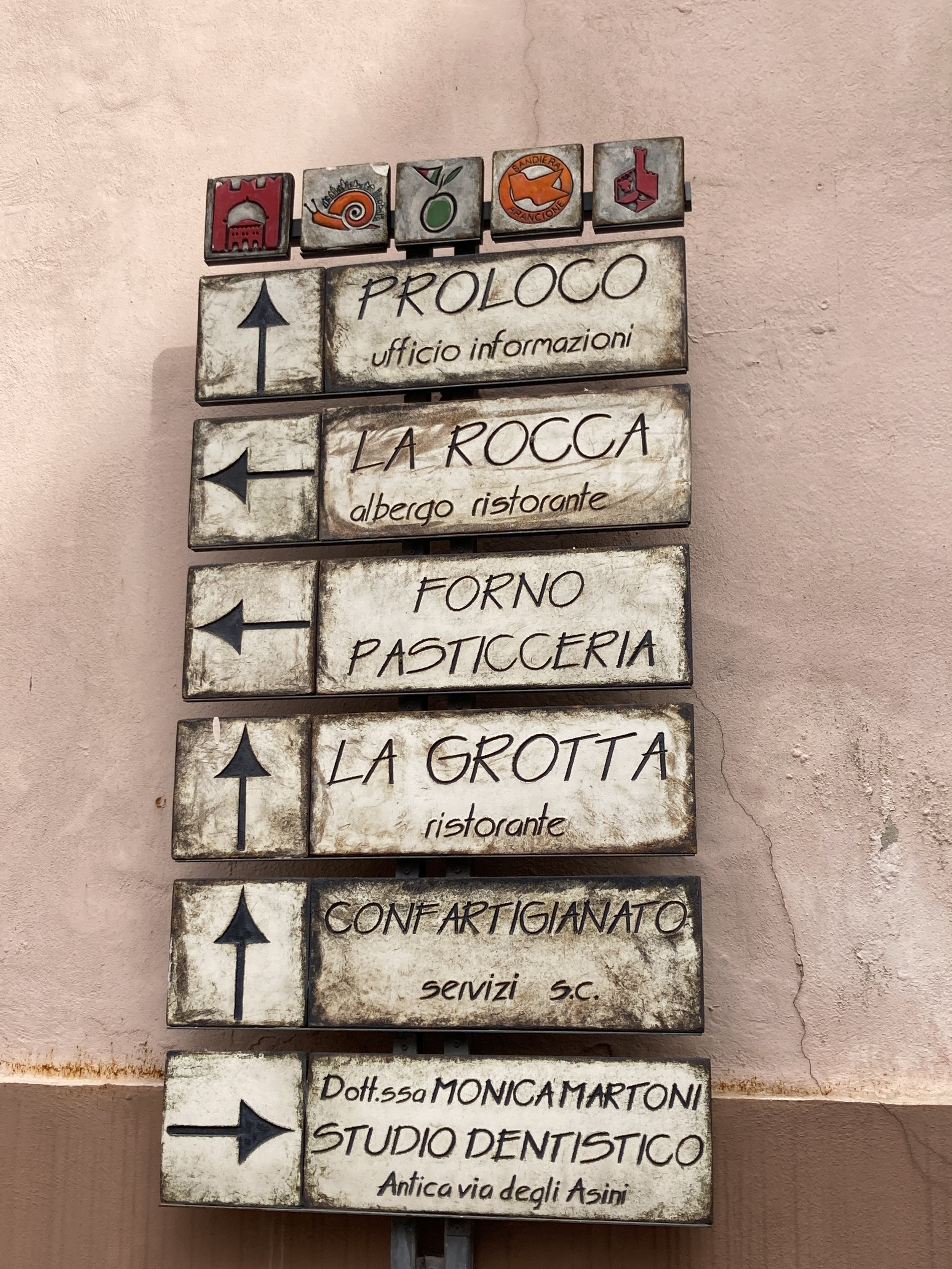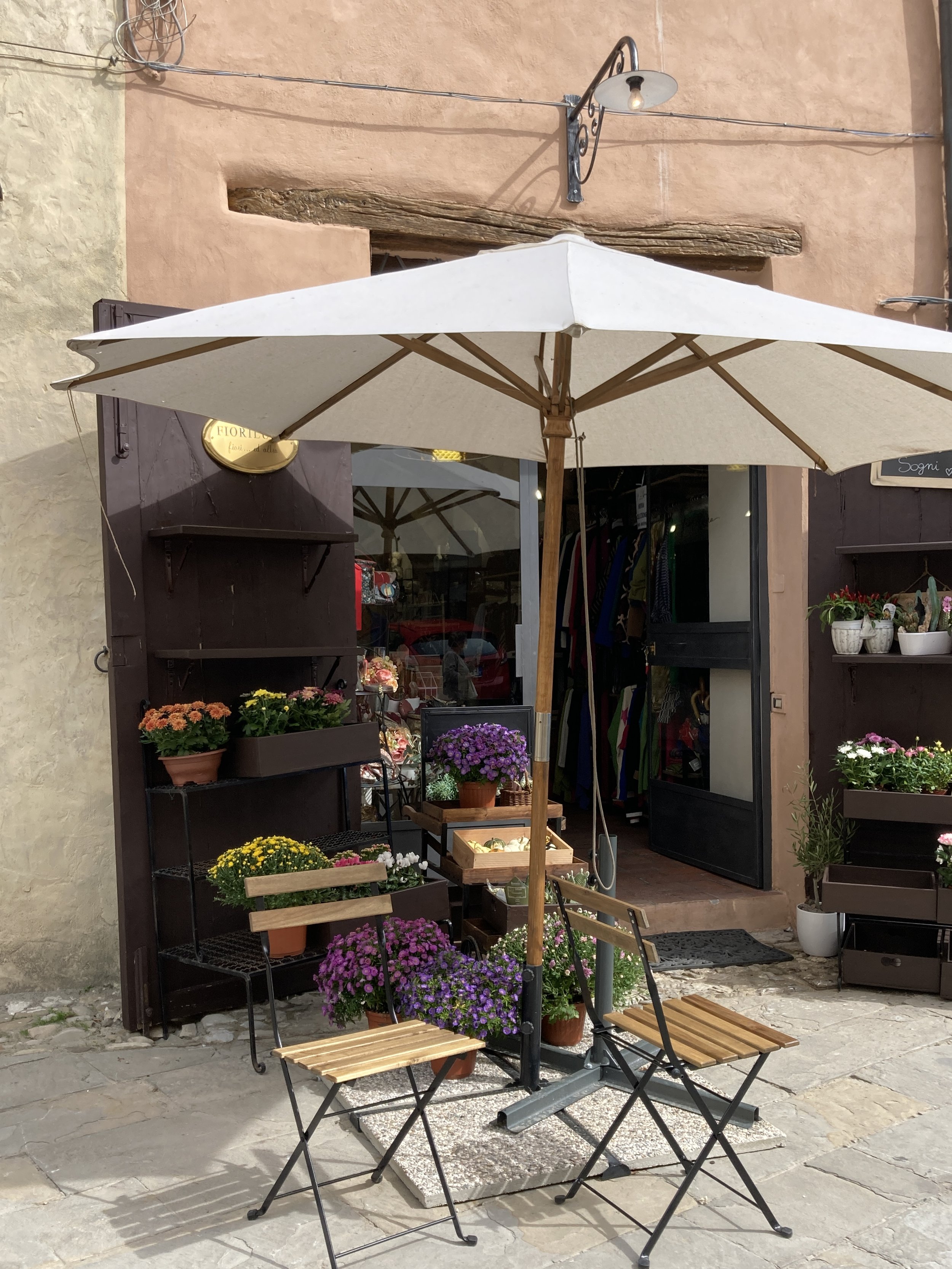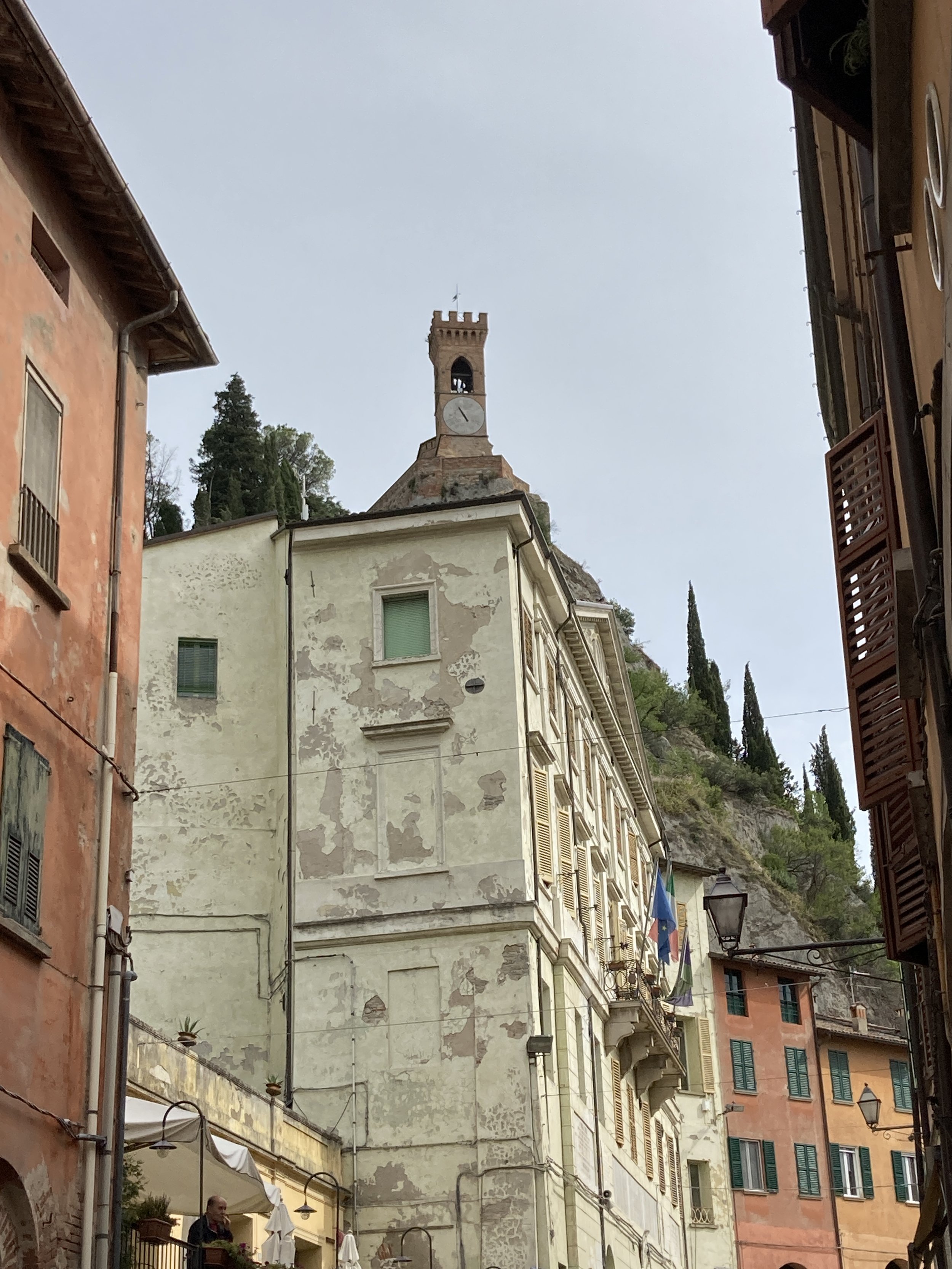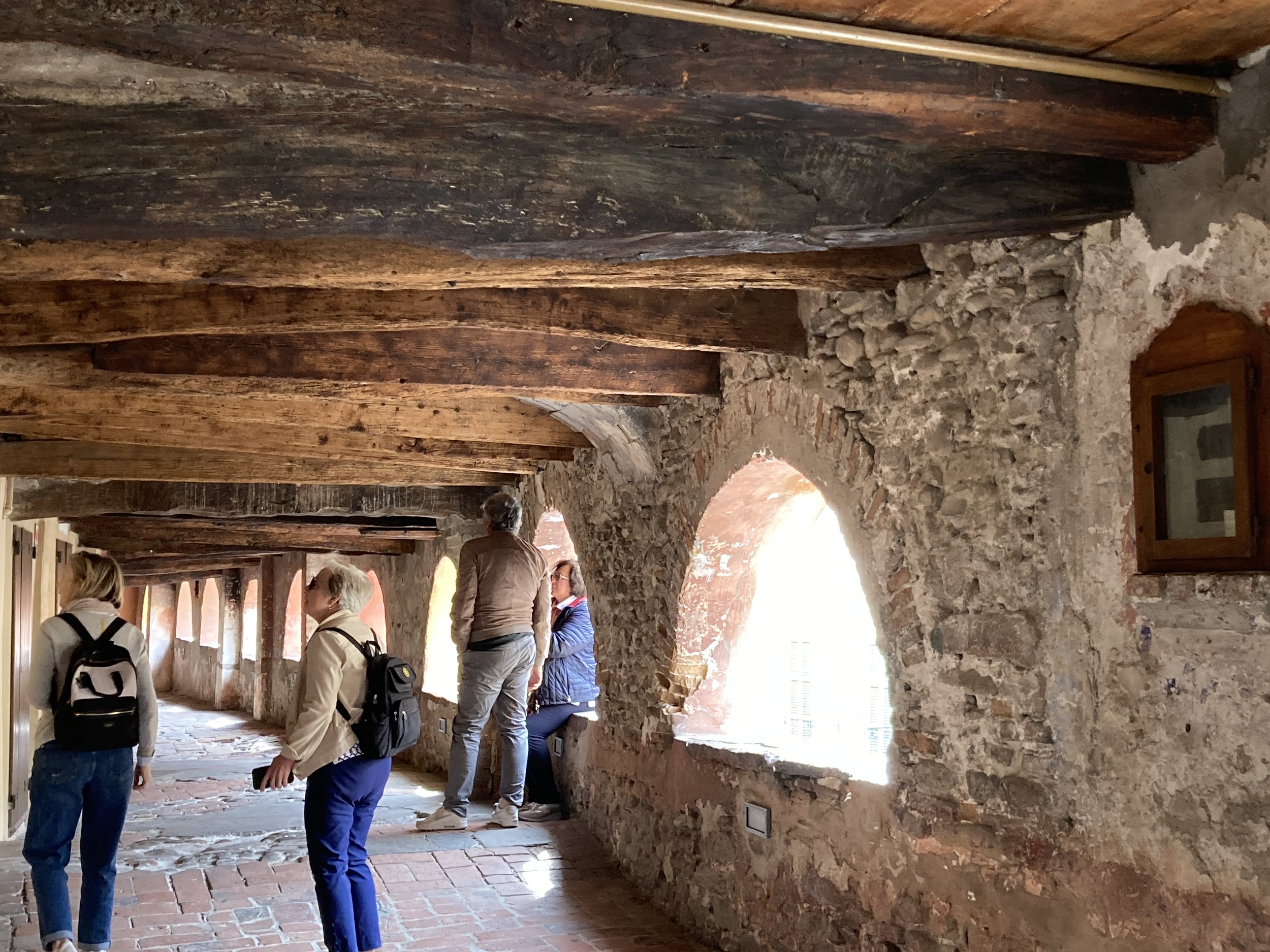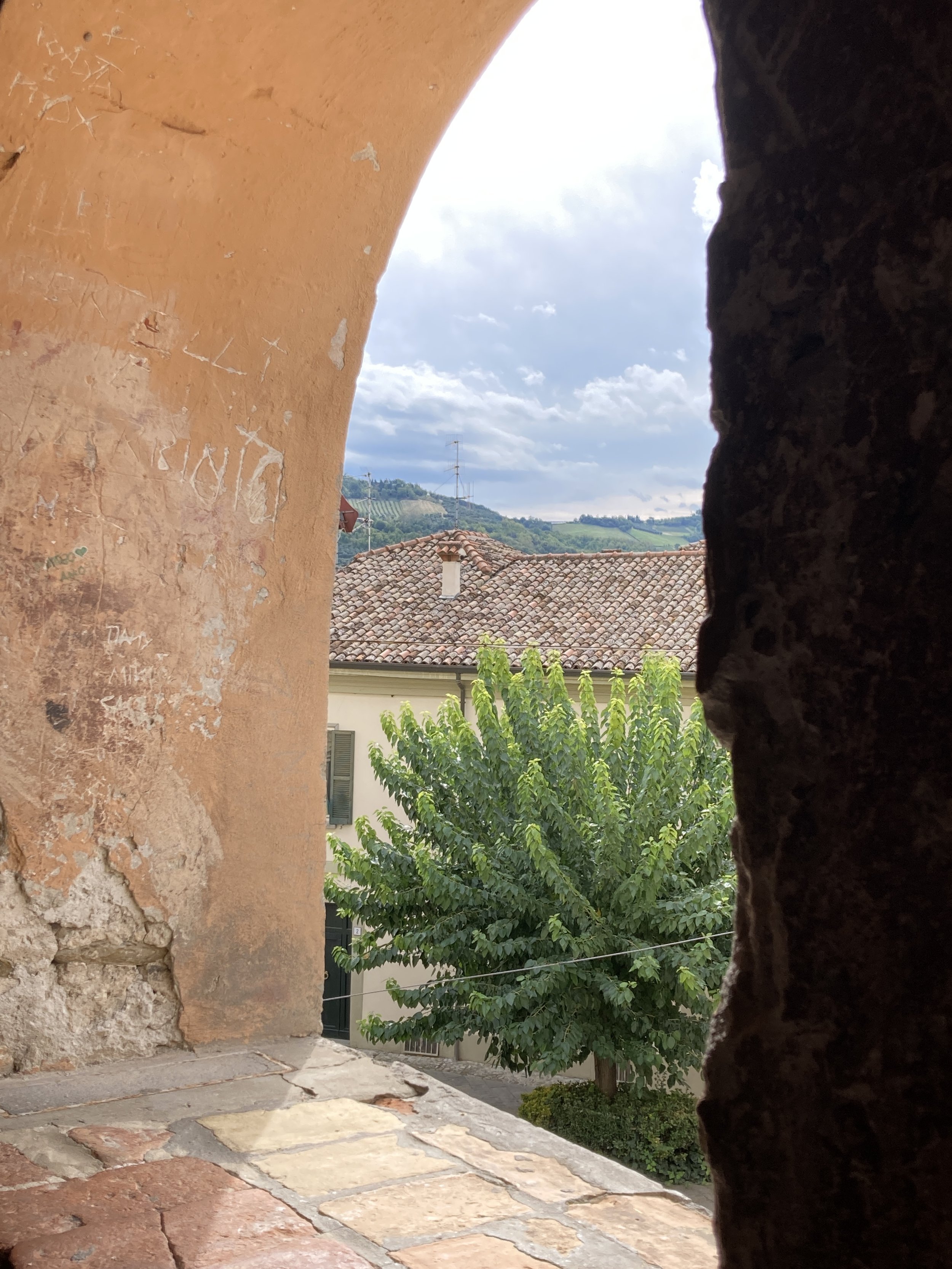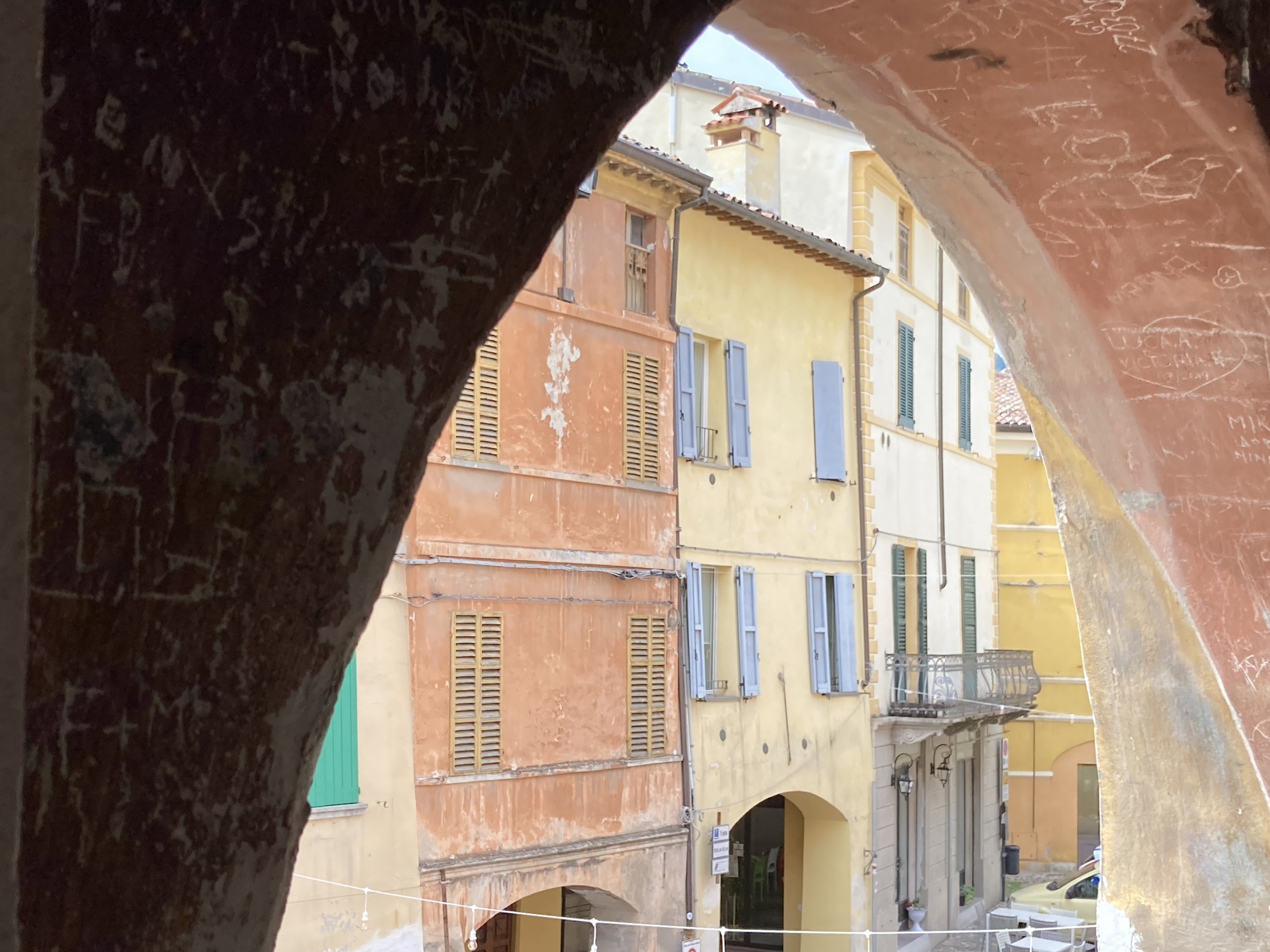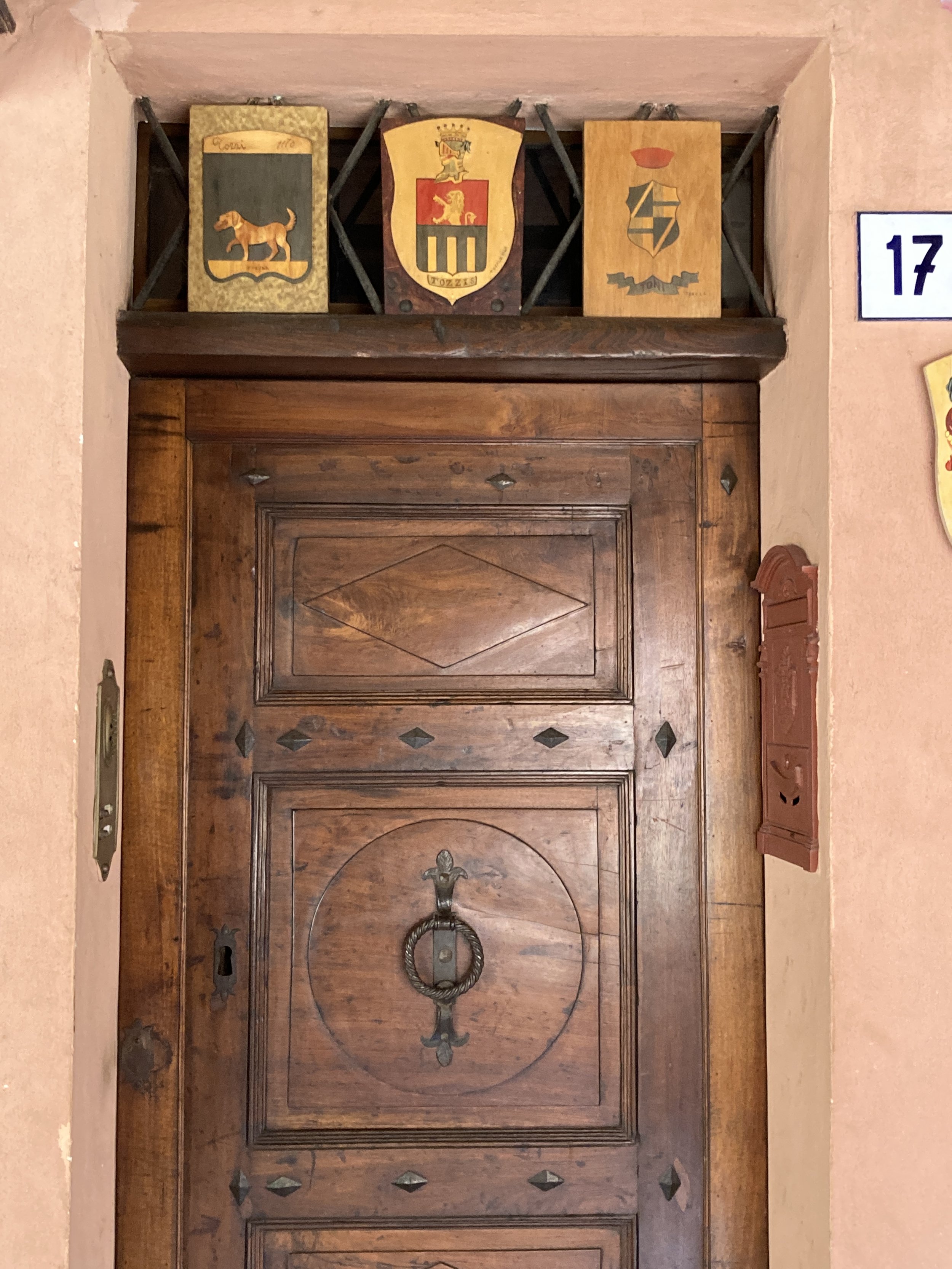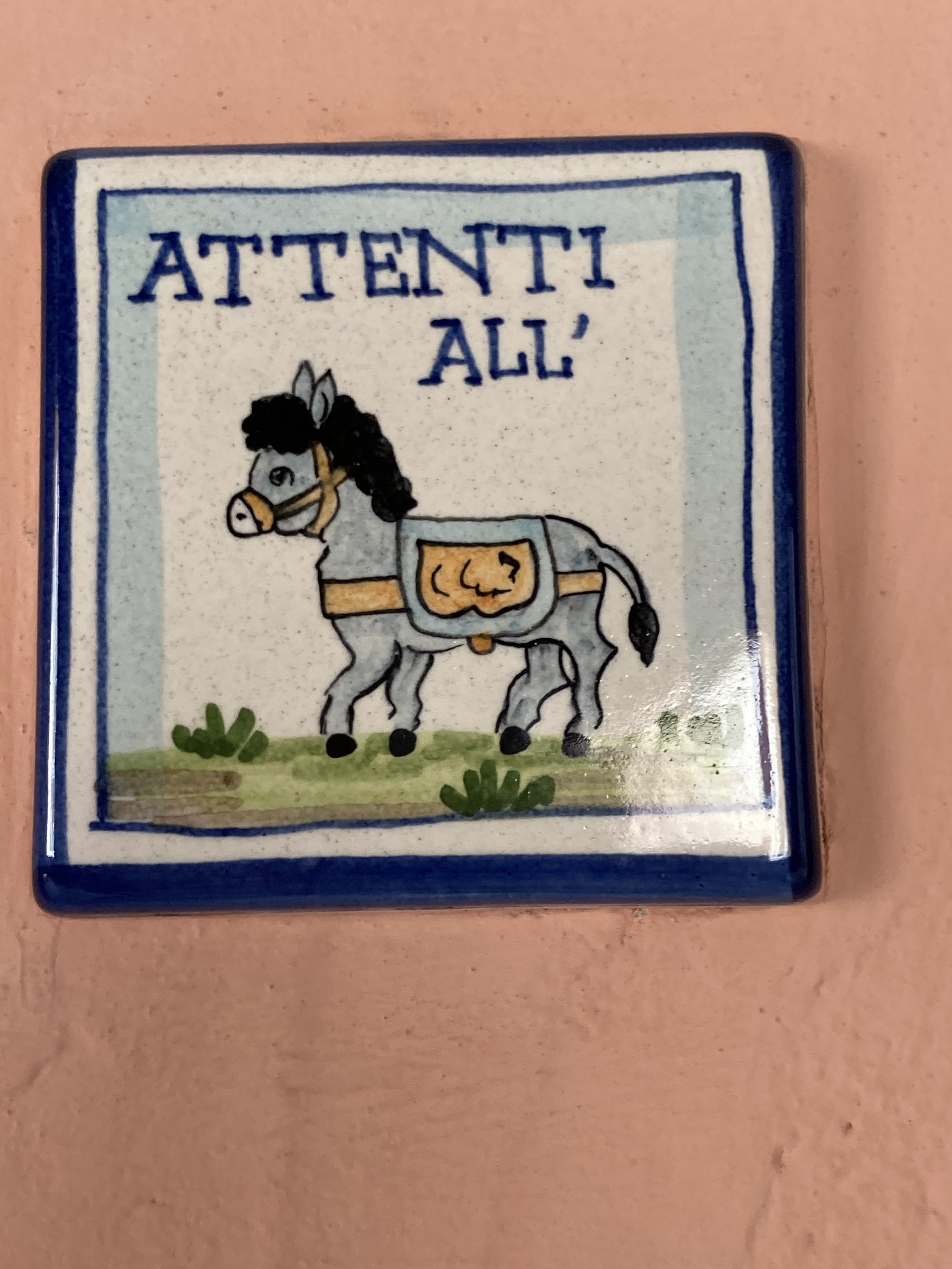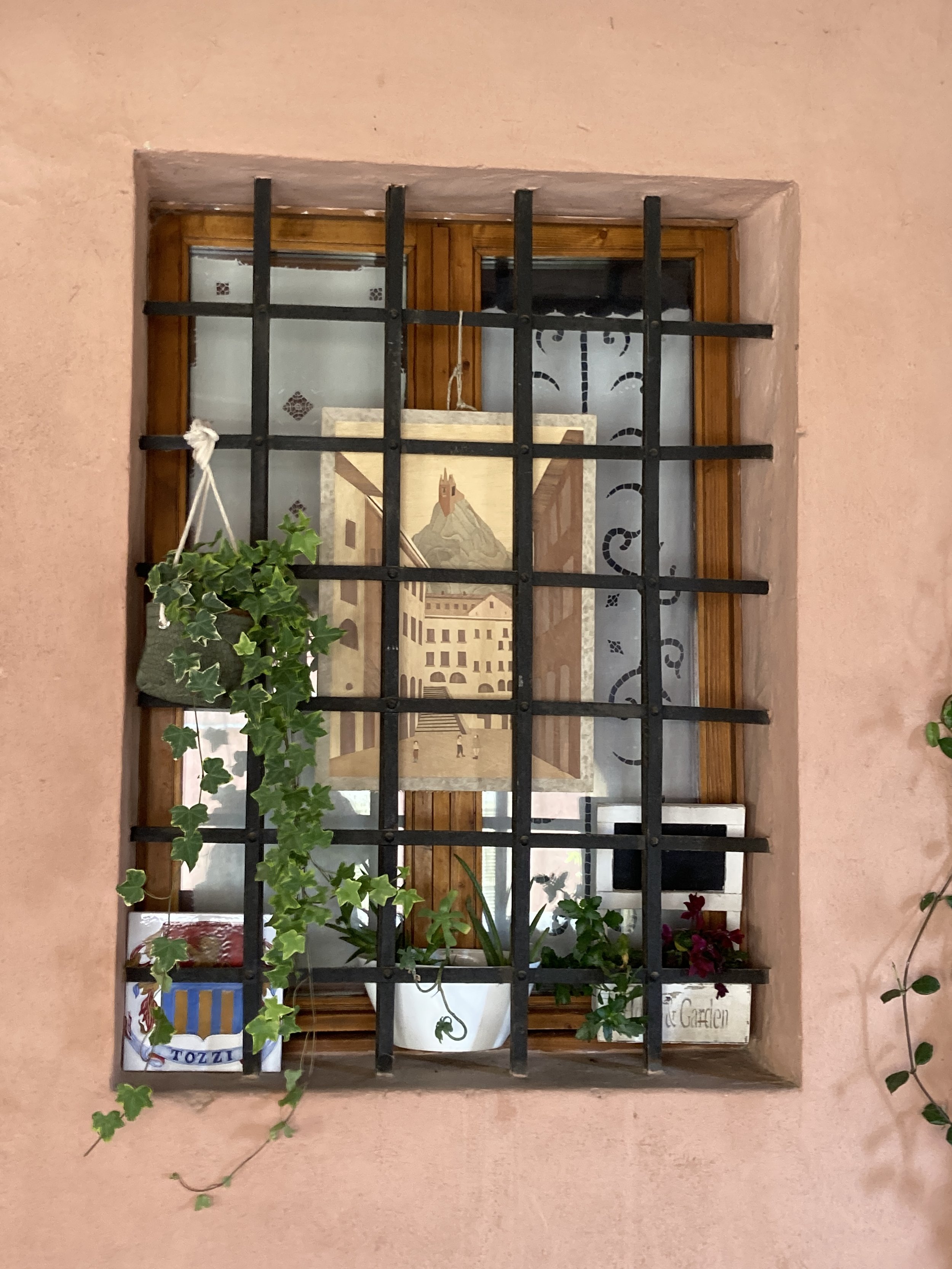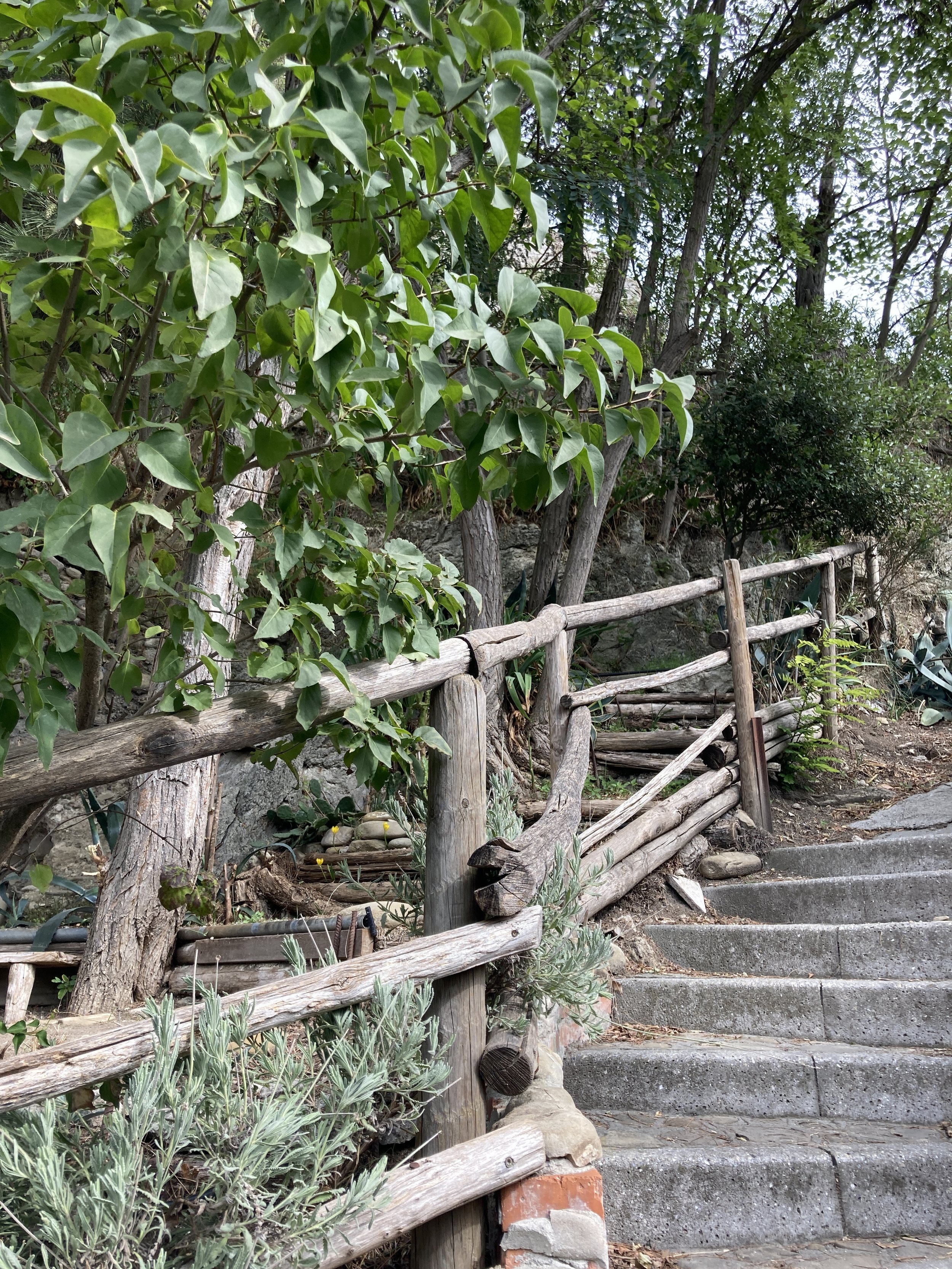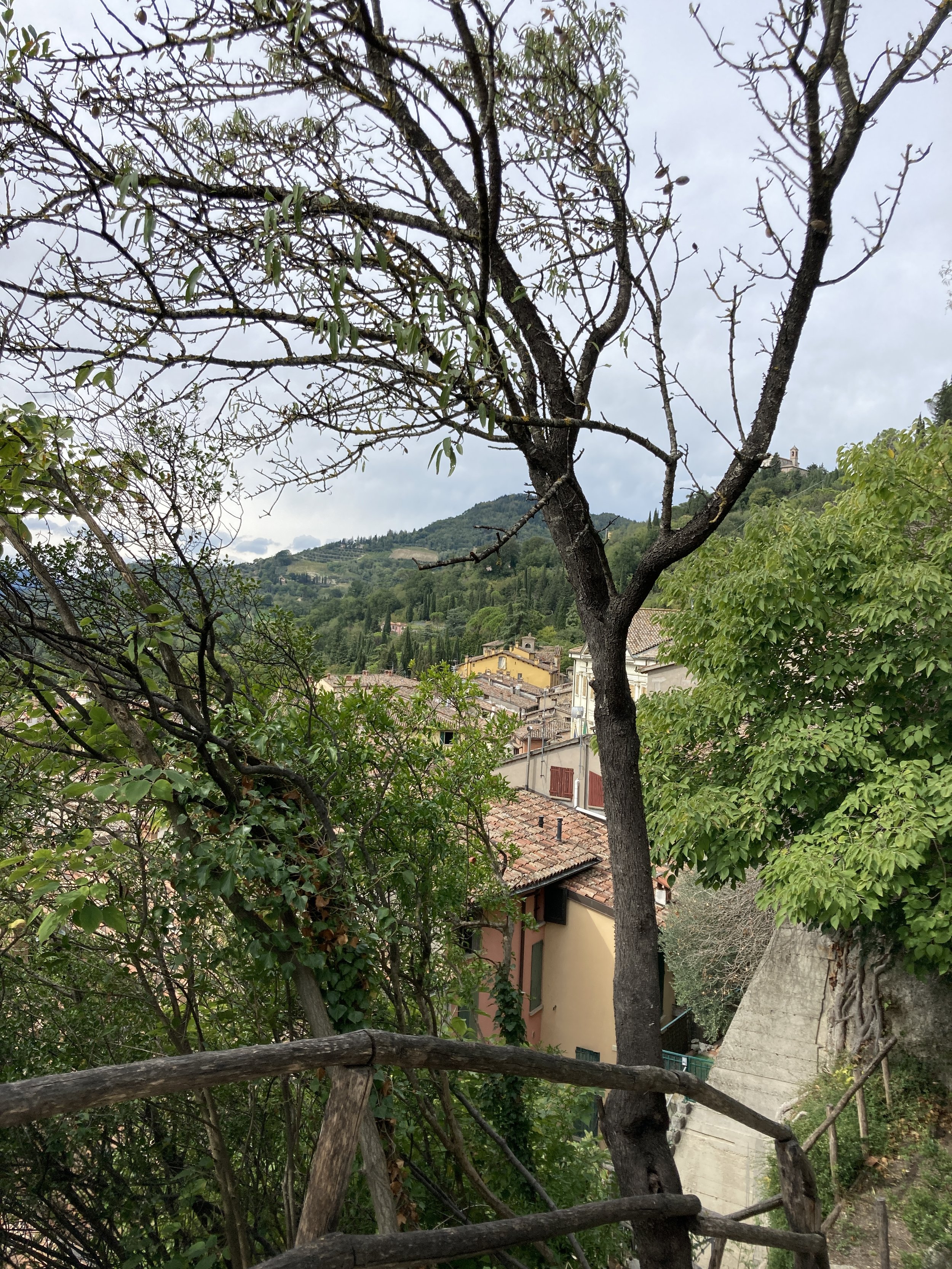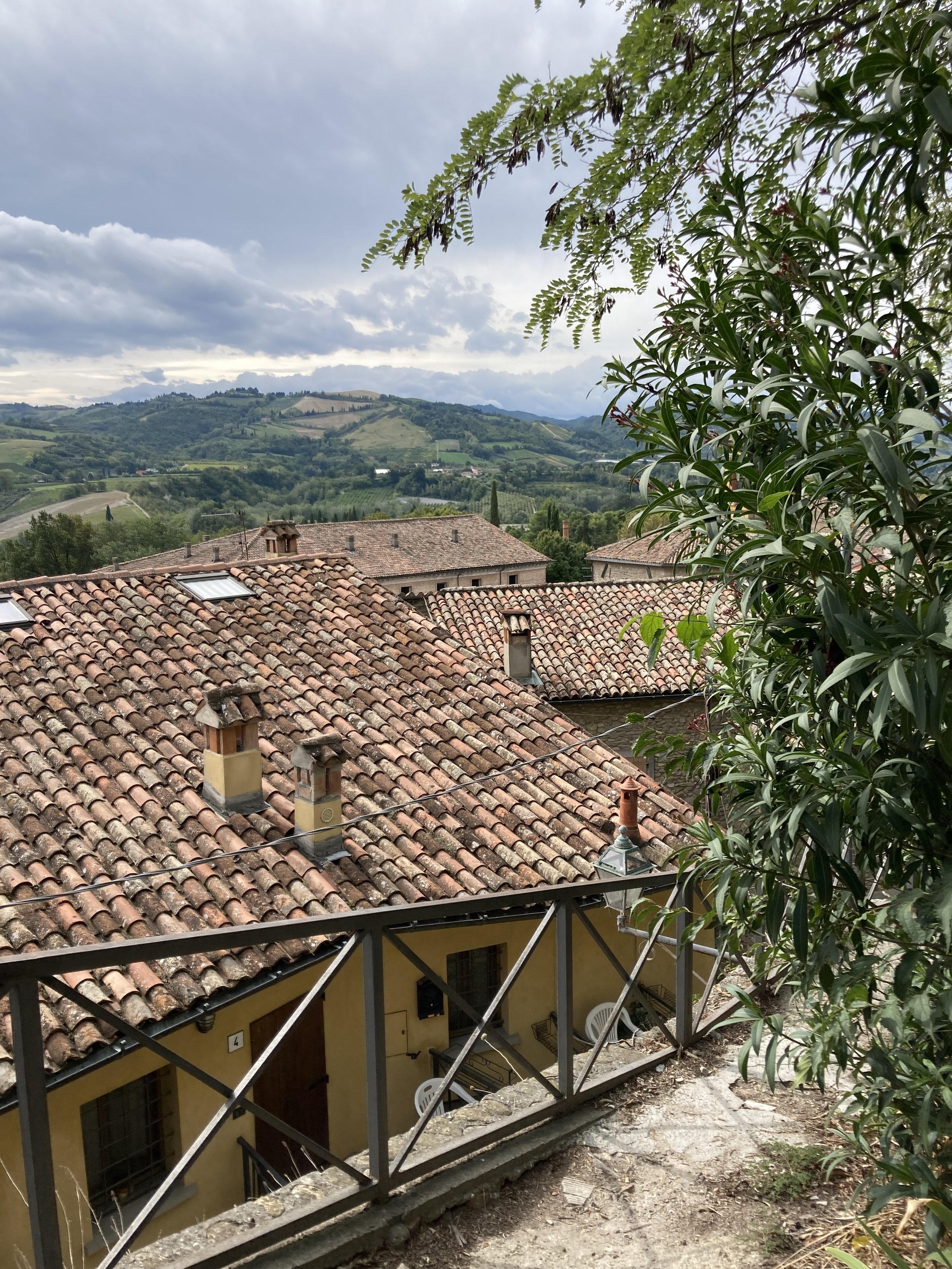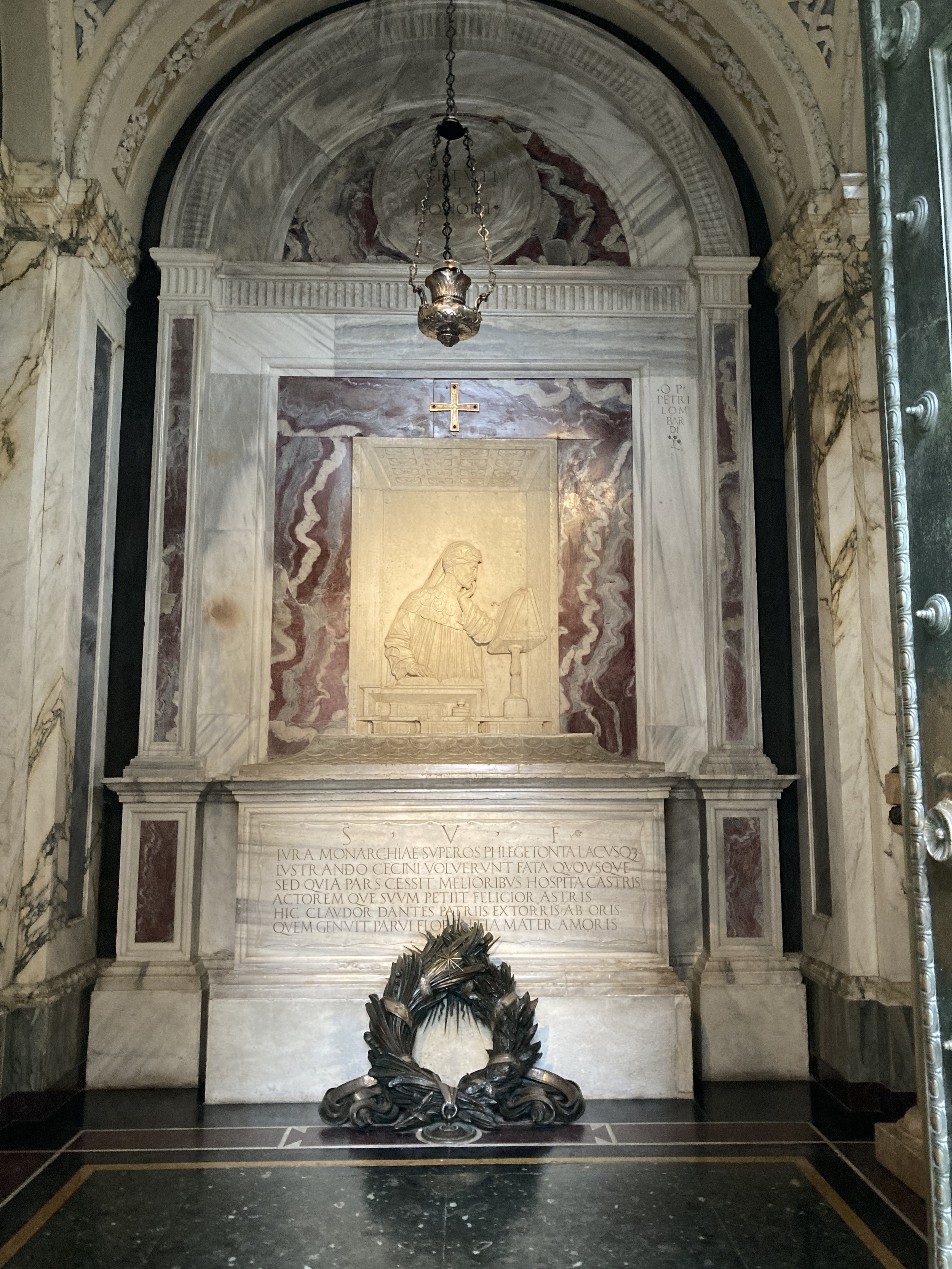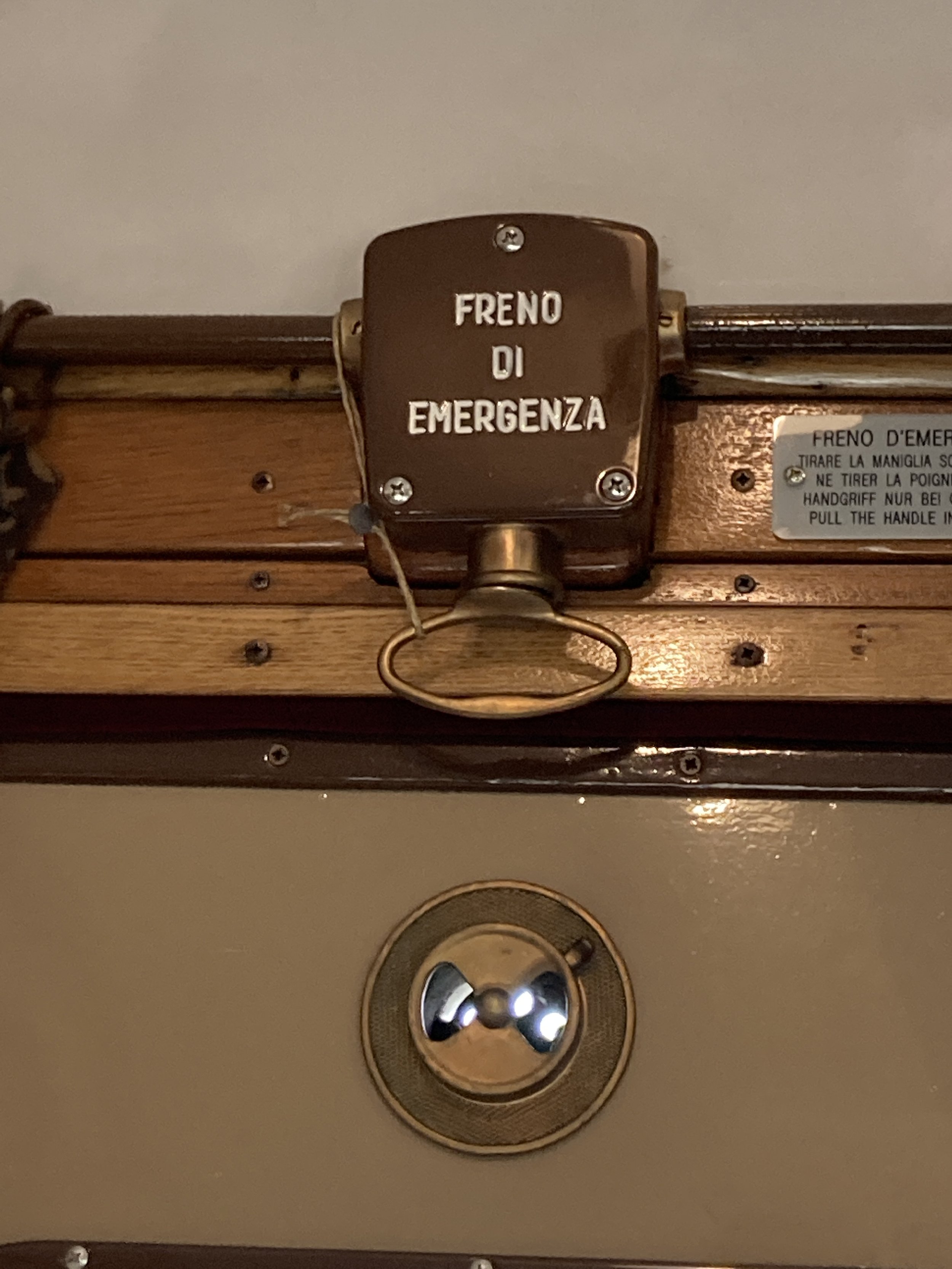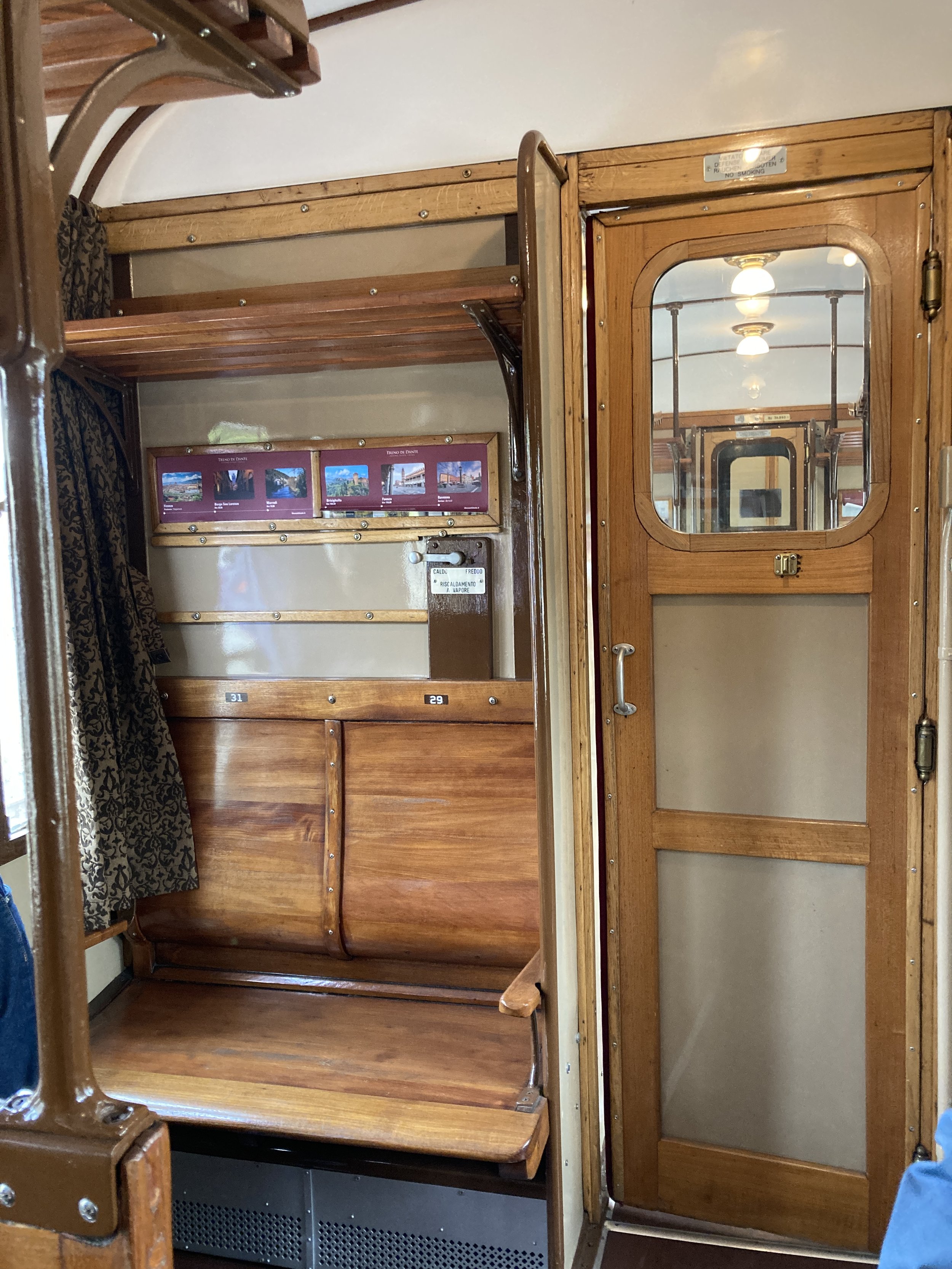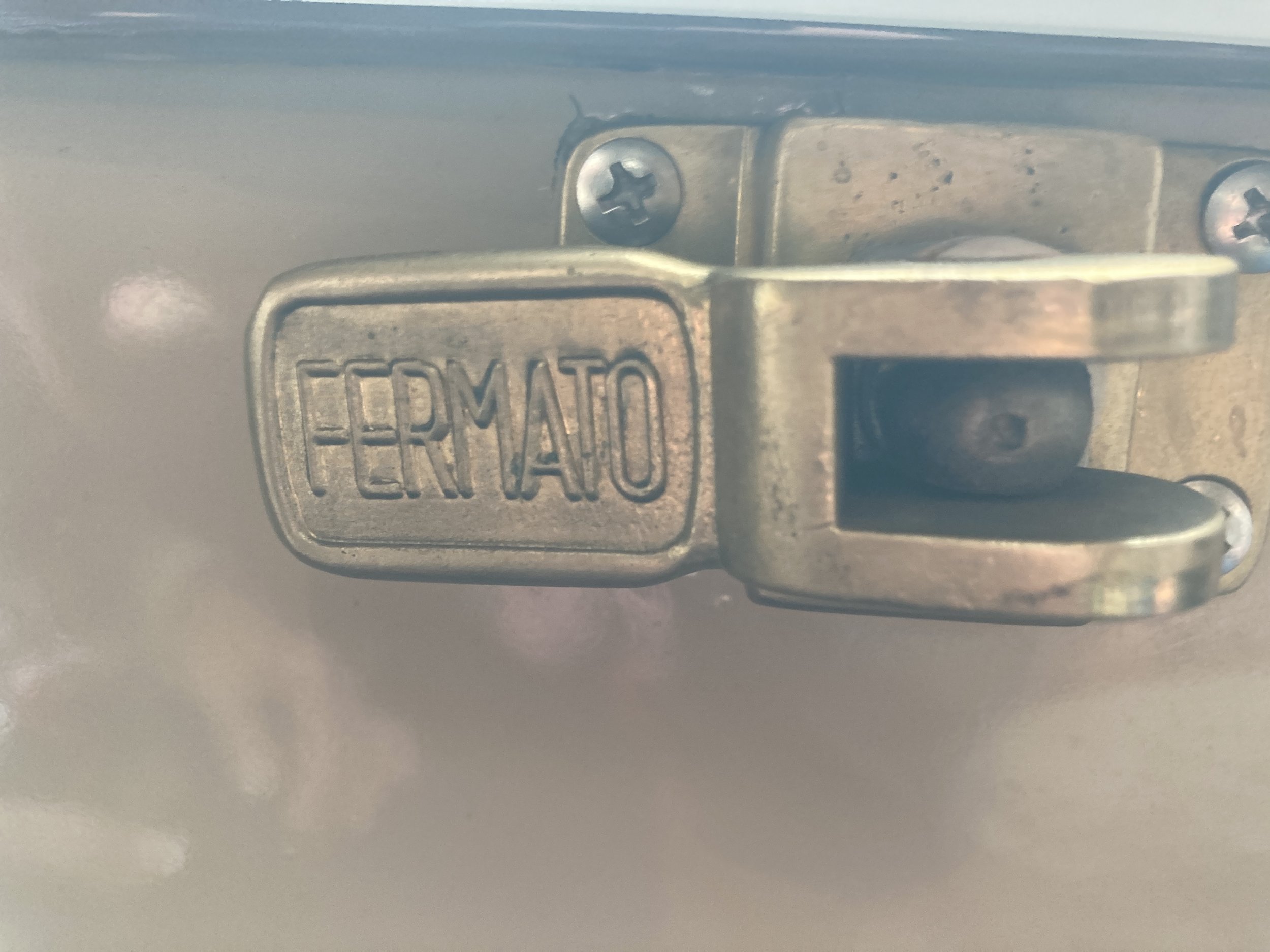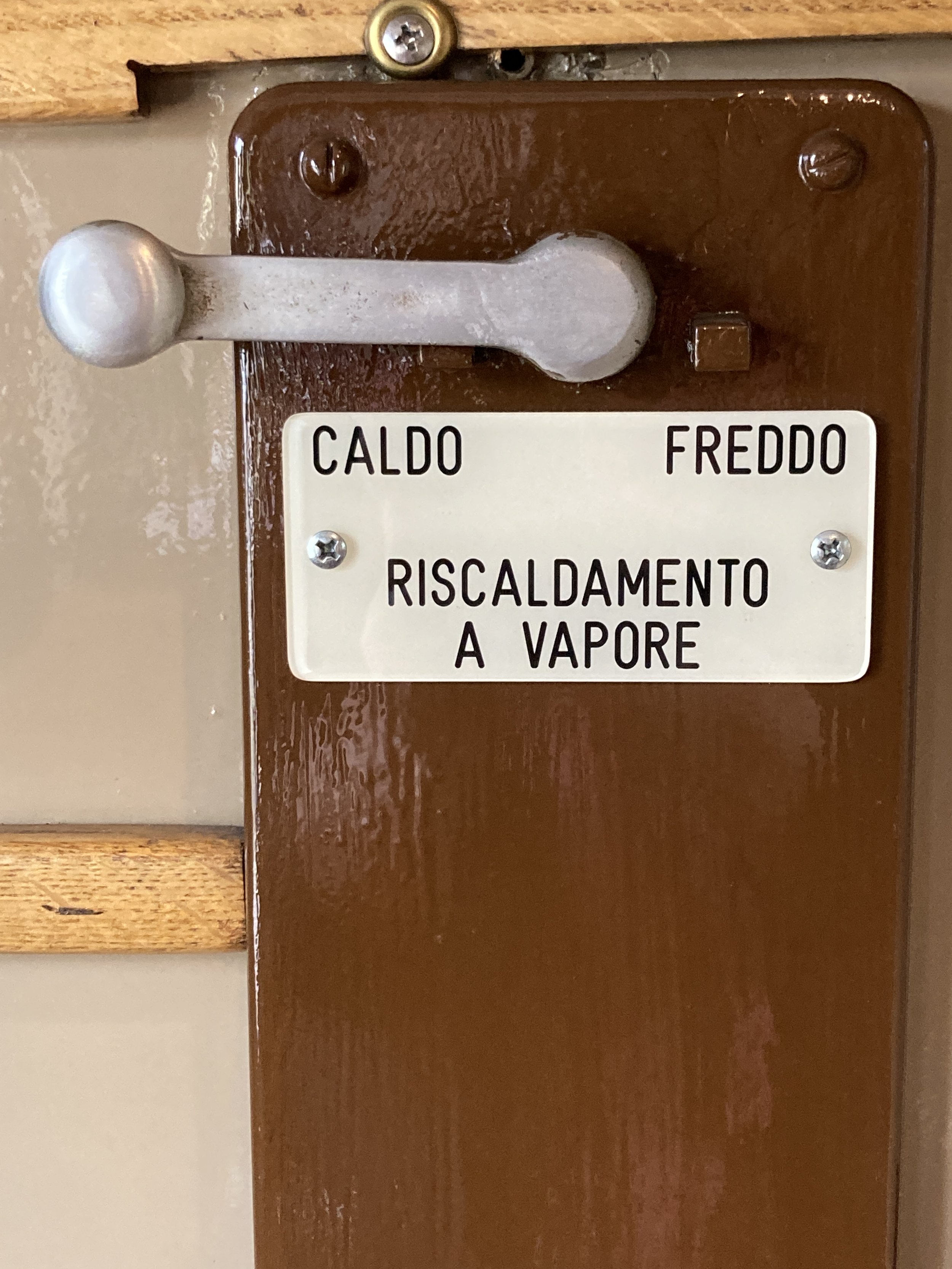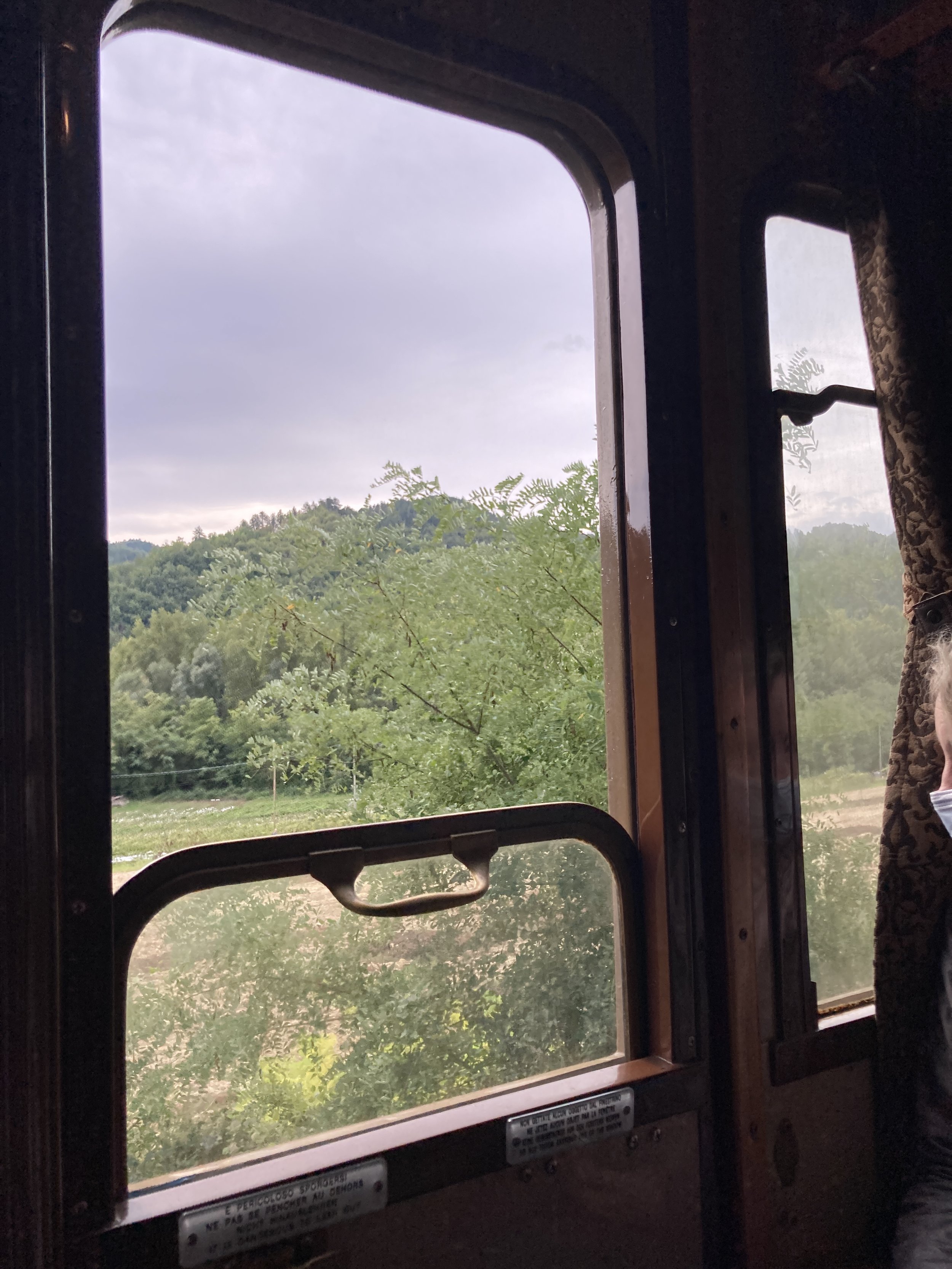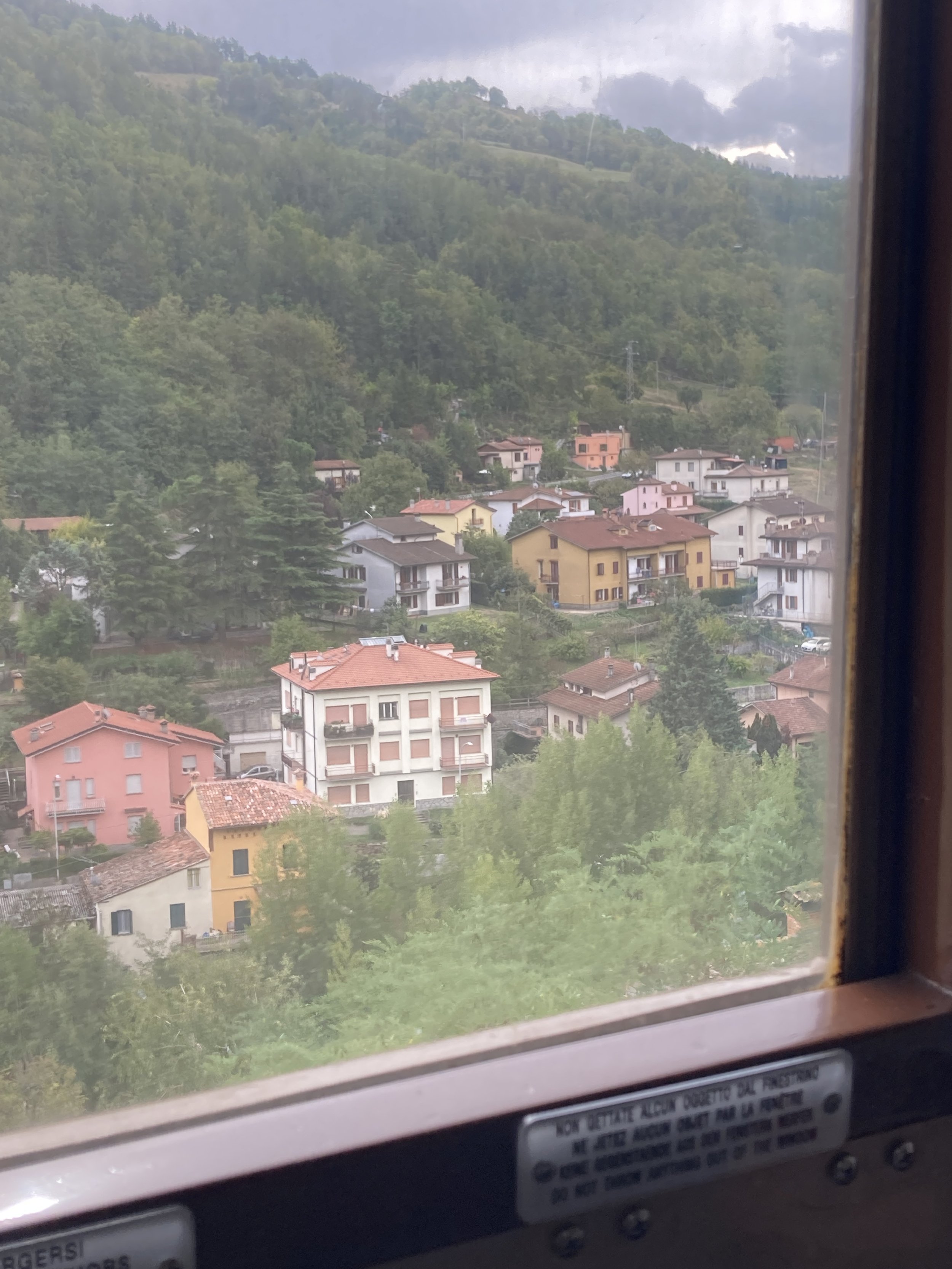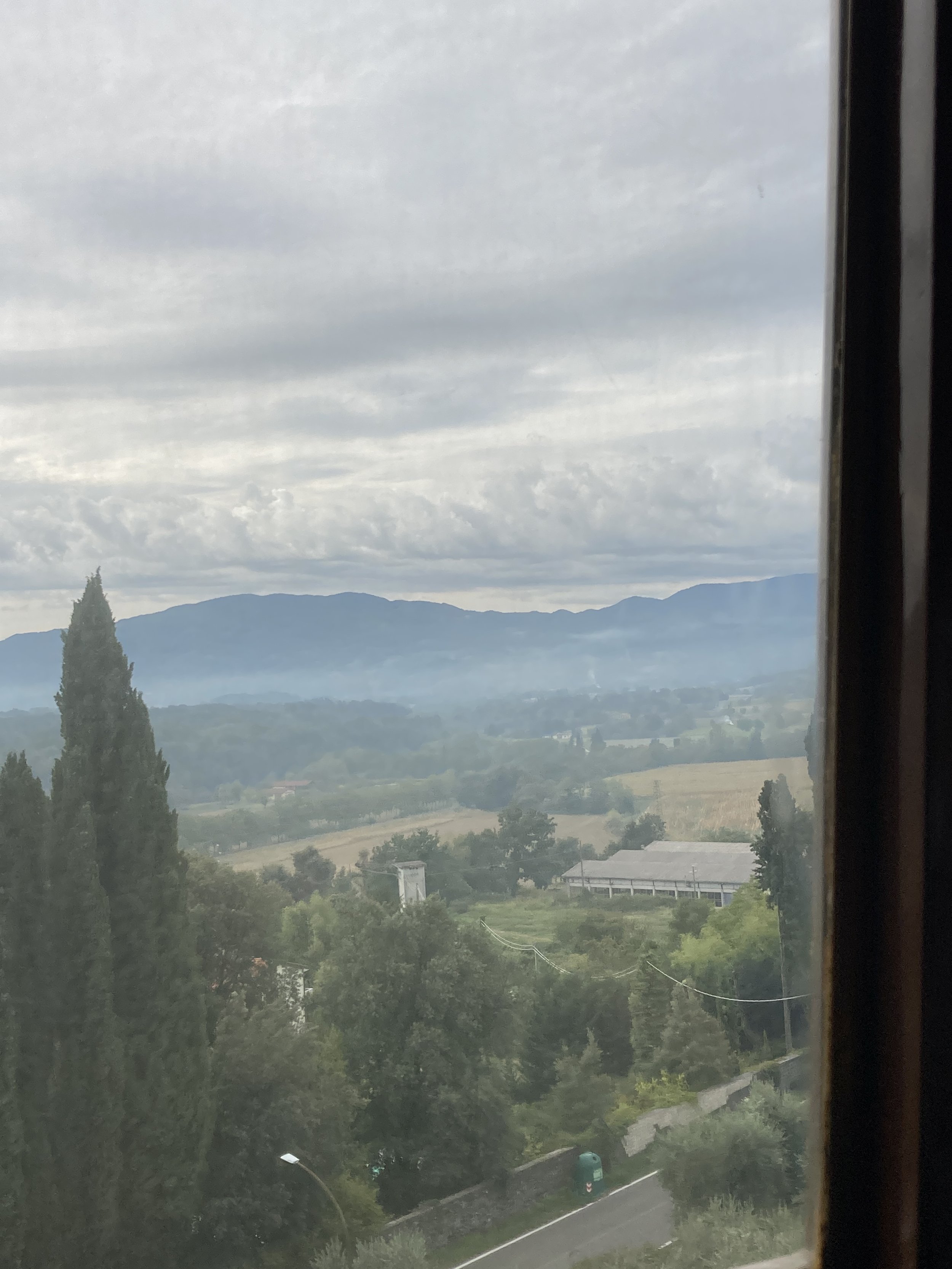Appreciating April in Lucca
Apprezzare is an Italian verb meaning “to appreciate”. That word that has defined much of my time in Italy. I appreciate the Italian culture, the beauty of this land, the musical language (even if my mastery of it is still a long way off), the people. Not a day goes by that I am not aware of how fortunate I am to have the opportunity to live in Lucca and travel in Italy.
But a more specific form of appreciation is on my mind this week. After dodging the Covid virus for the last 3 years, it finally caught me this month. Following nearly two weeks in isolation, with some unpleasant but not scary symptoms, and multiple tampone (swabs), I finally received the all-clear to resume my normal activities. Those two weeks were tough but brought many reminders of reasons to be thankful. I appreciate that I didn’t get sick back when Covid was ravaging this country. Back when there were no tests, no vaccines, no treatments, only fear. I have a renewed appreciation for the science that gave us vaccines and the boosters which I firmly believe kept me from serious, much worse symptoms.
I appreciate the friendly local pharmacist who administered my swabs and helped me interpret the most current rules for Covid isolation. That the pharmacy is full of old-world Italian charm makes sitting for those nasal swabs much easier. I am beyond grateful for a good support system here and the many friends who kept in touch and surprised me with everything from soup to cheese to decadent pastries and Easter chocolates. I have never enjoyed finding goodies on my doorstep so much!
And how I appreciate being able to enjoy these last days of April in Italy. Lucca has awakened after its winter rest and is buzzing with activity. The wisteria are in bloom, the ancient walls are dotted with wild flowers, and trees are sprouting green leaves. The photinia bushes outside my window are resplendent in rusty red spring leaves. Days are getting longer and warmer. Cafes and restaurants are setting out tables, umbrellas, and buckets of flowers. The simple joy of an aperitivo out of doors is even better after a couple weeks of confinement. The walls surrounding the historic center of Lucca are filled with people on foot and on bicycle. Ordinary days feel extraordinary in springtime.
And the spring celebrations have begun. I may have spent Easter indoors but was free the following Sunday to see the Liberation Day pageantry. That event, which celebrates the long ago (14th century) liberation of Lucca from control by Pisa, filled Lucca with the sound of drums. Trumpets, played by persons in Medieval costumes, heralded the arrival of flag throwers and men carrying crossbows. There were bow shooting competitions, flag throwing demonstrations, and a wonderful, costumed procession. I certainly appreciate that I was recovered and able to enjoy the fun.
Coming up next is an event I look forward to every year – the flower festival in honor of one of Lucca’s favorite saints – Santa Zita. I will appreciate every minute !

